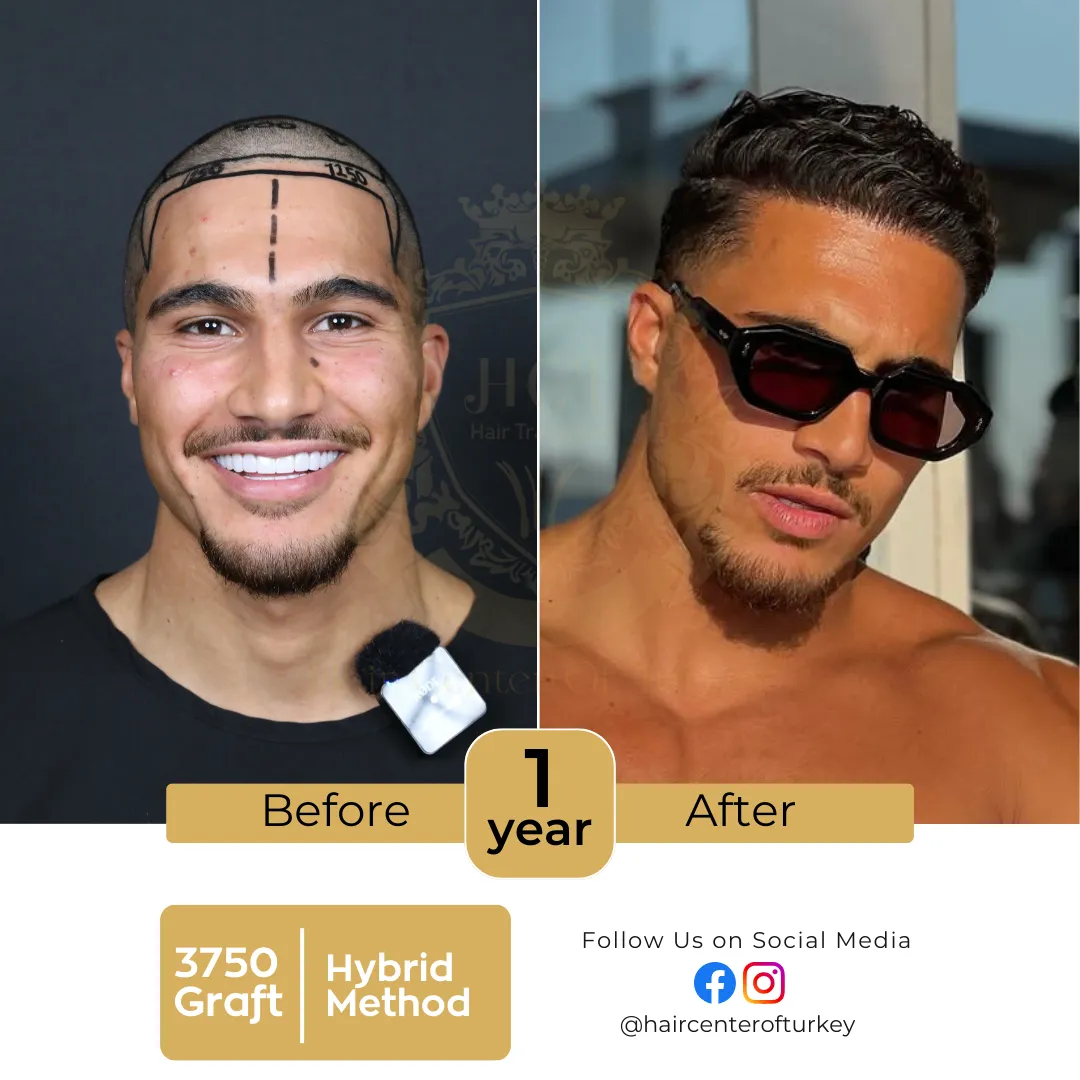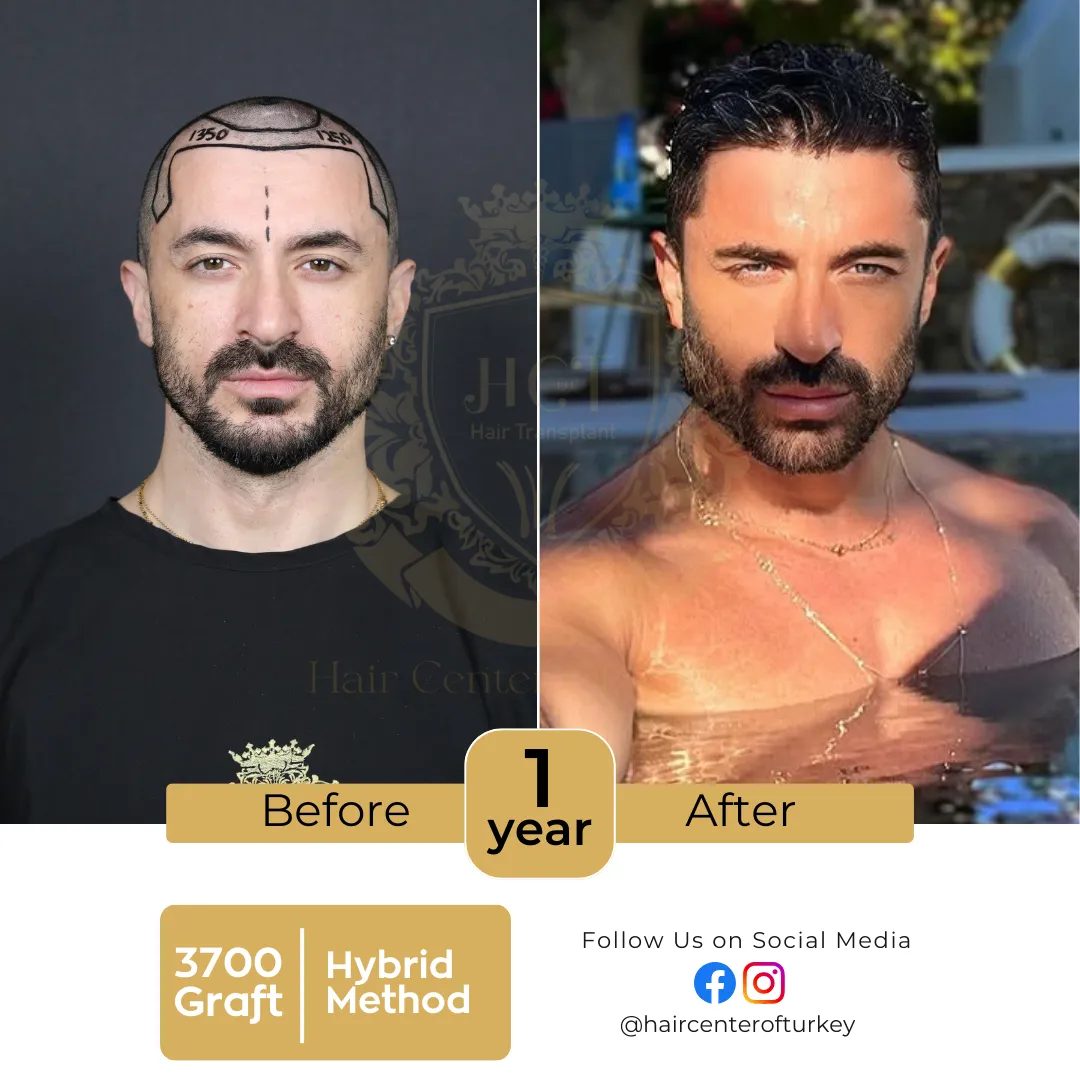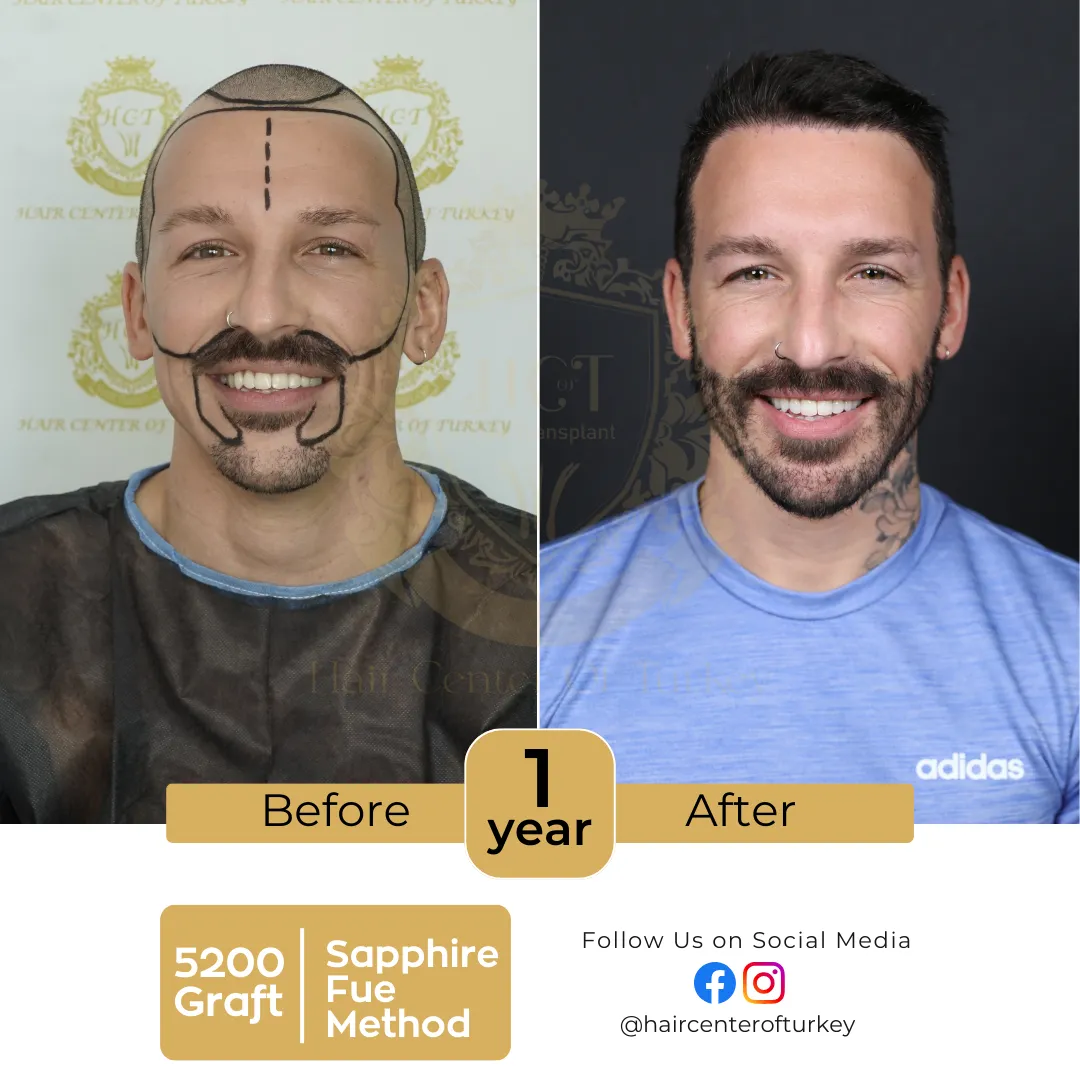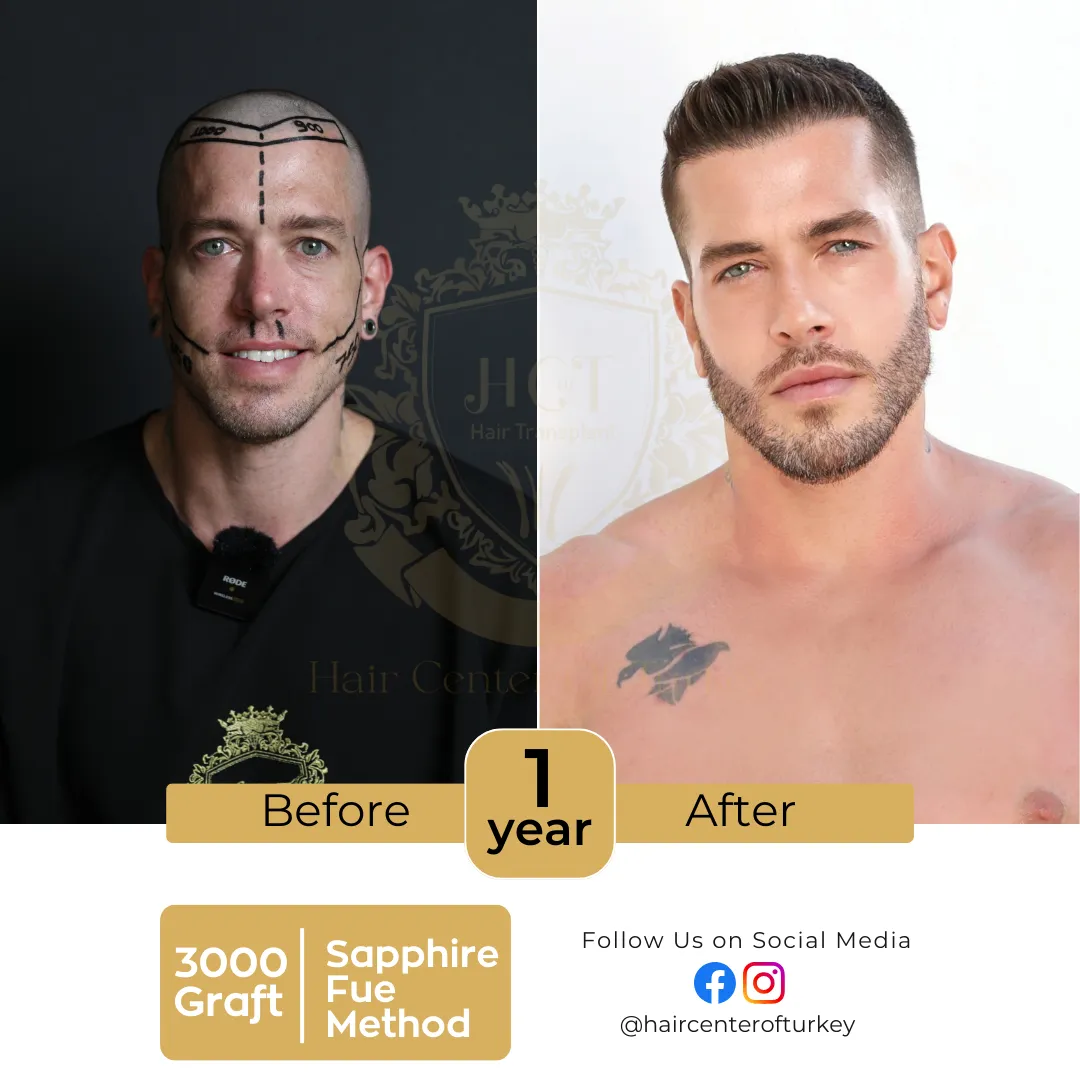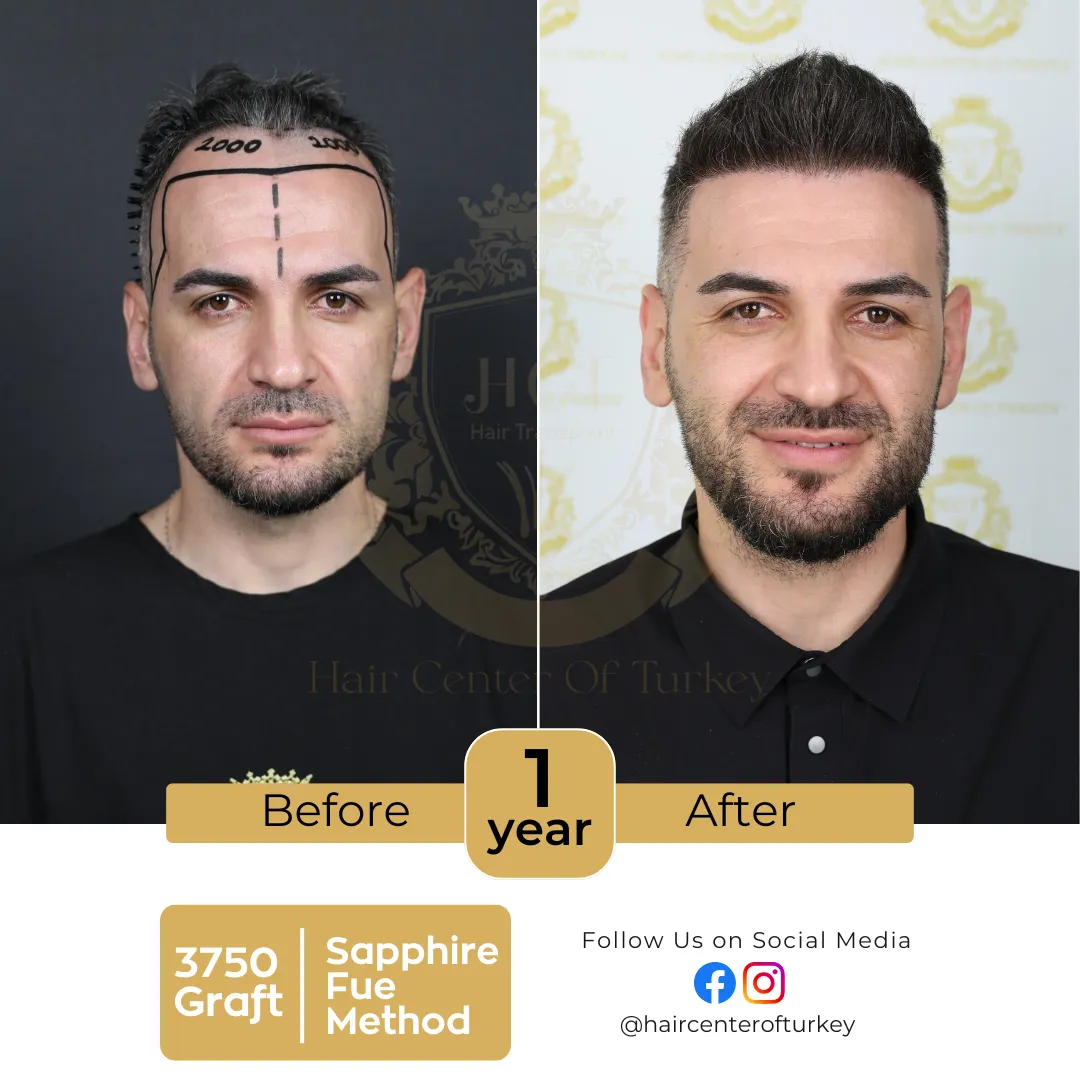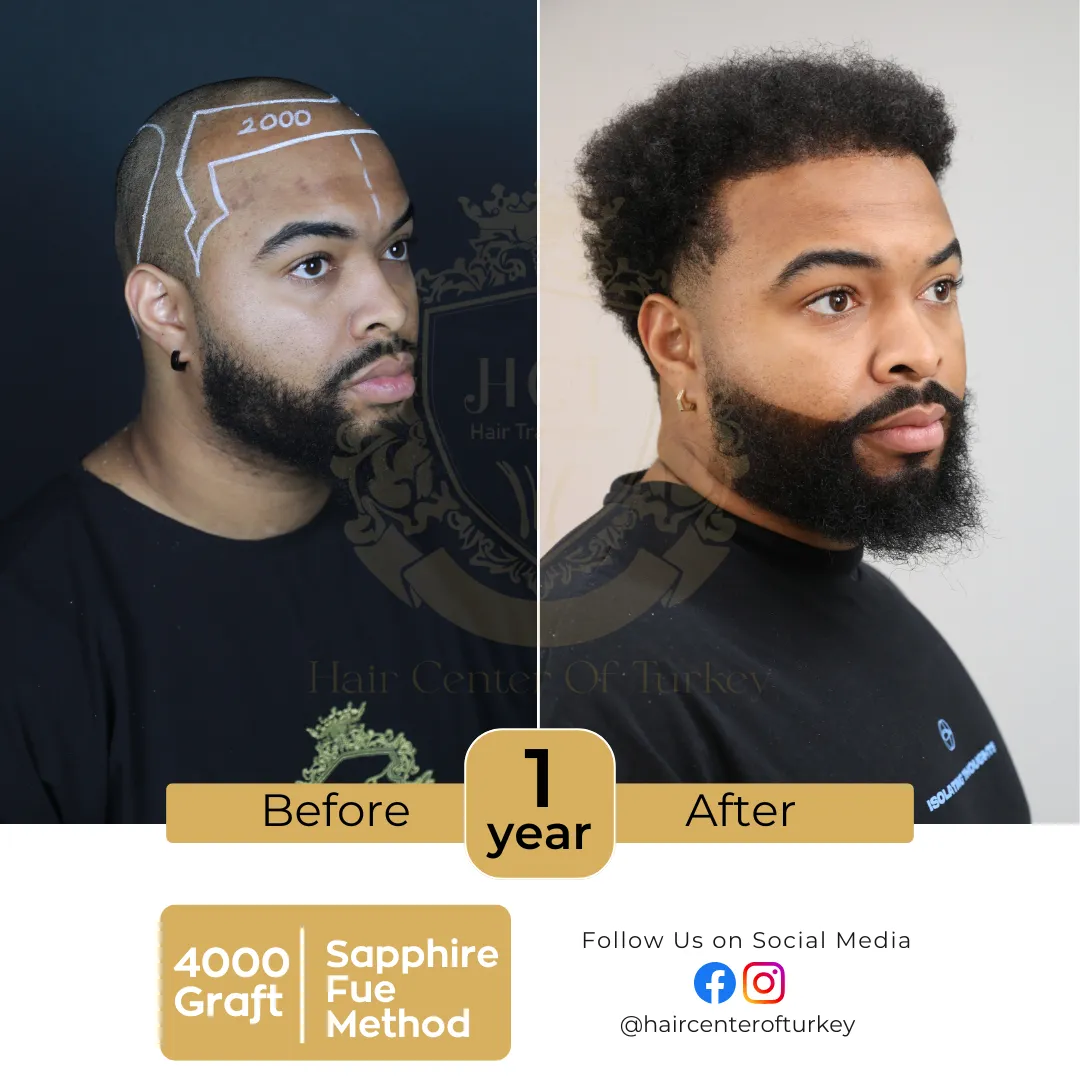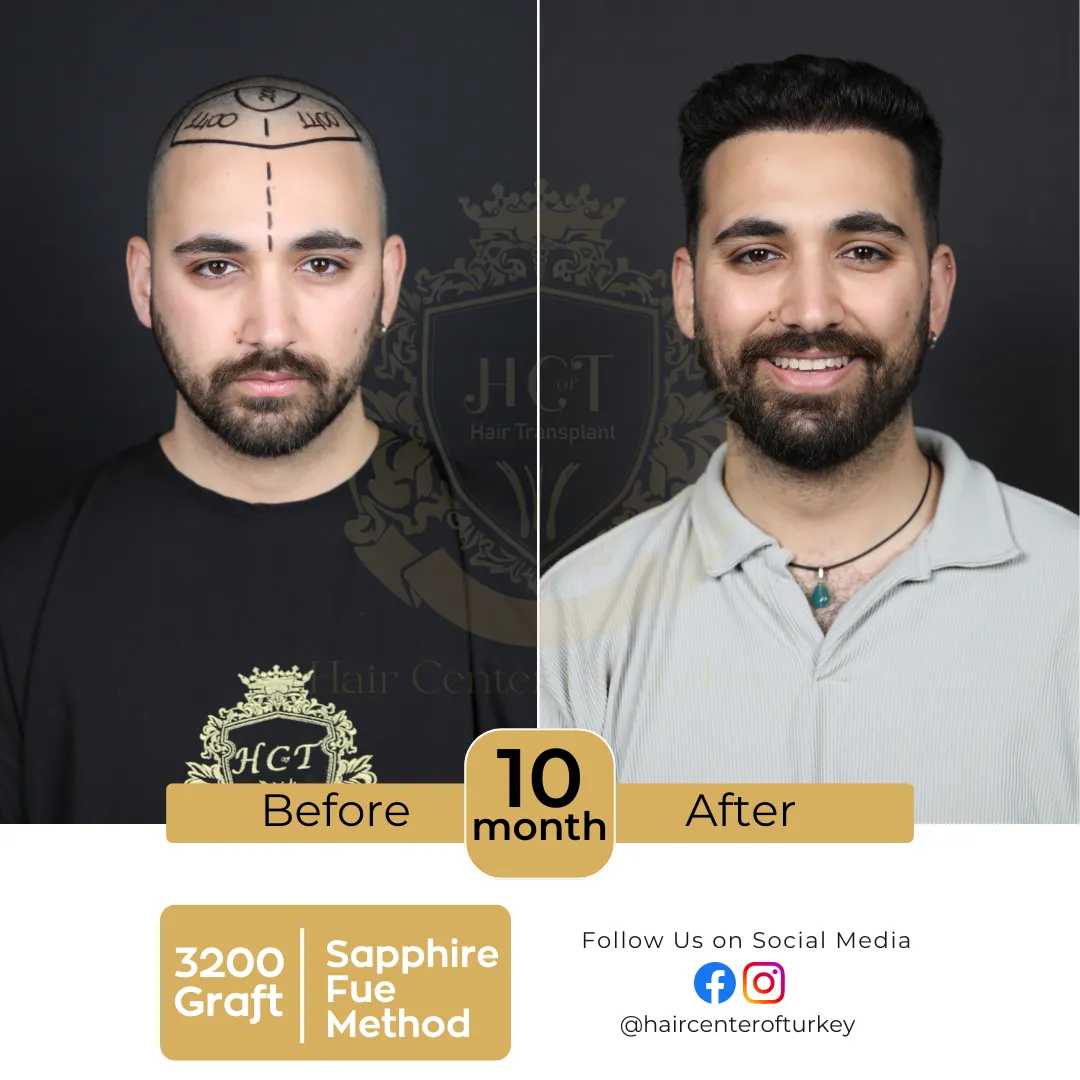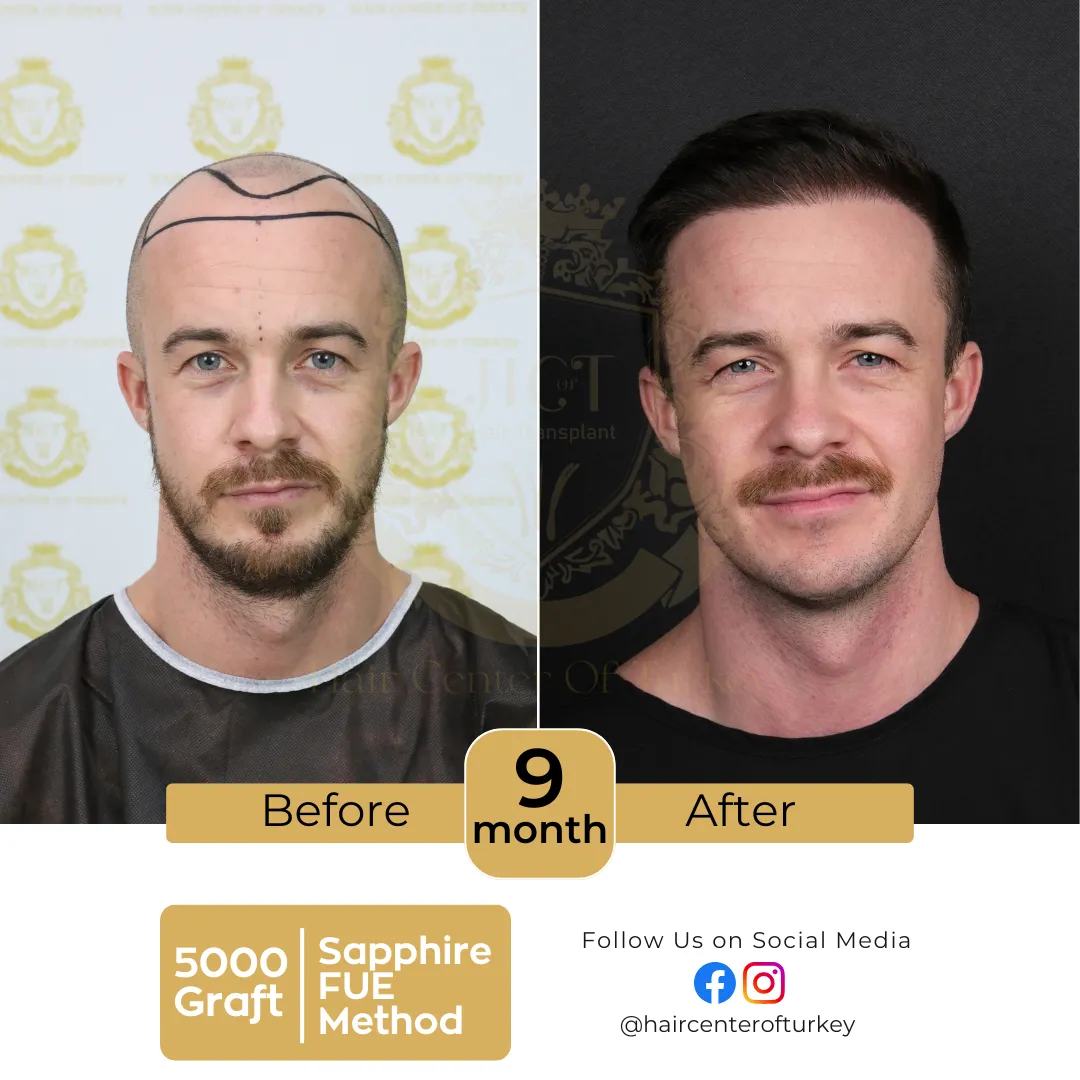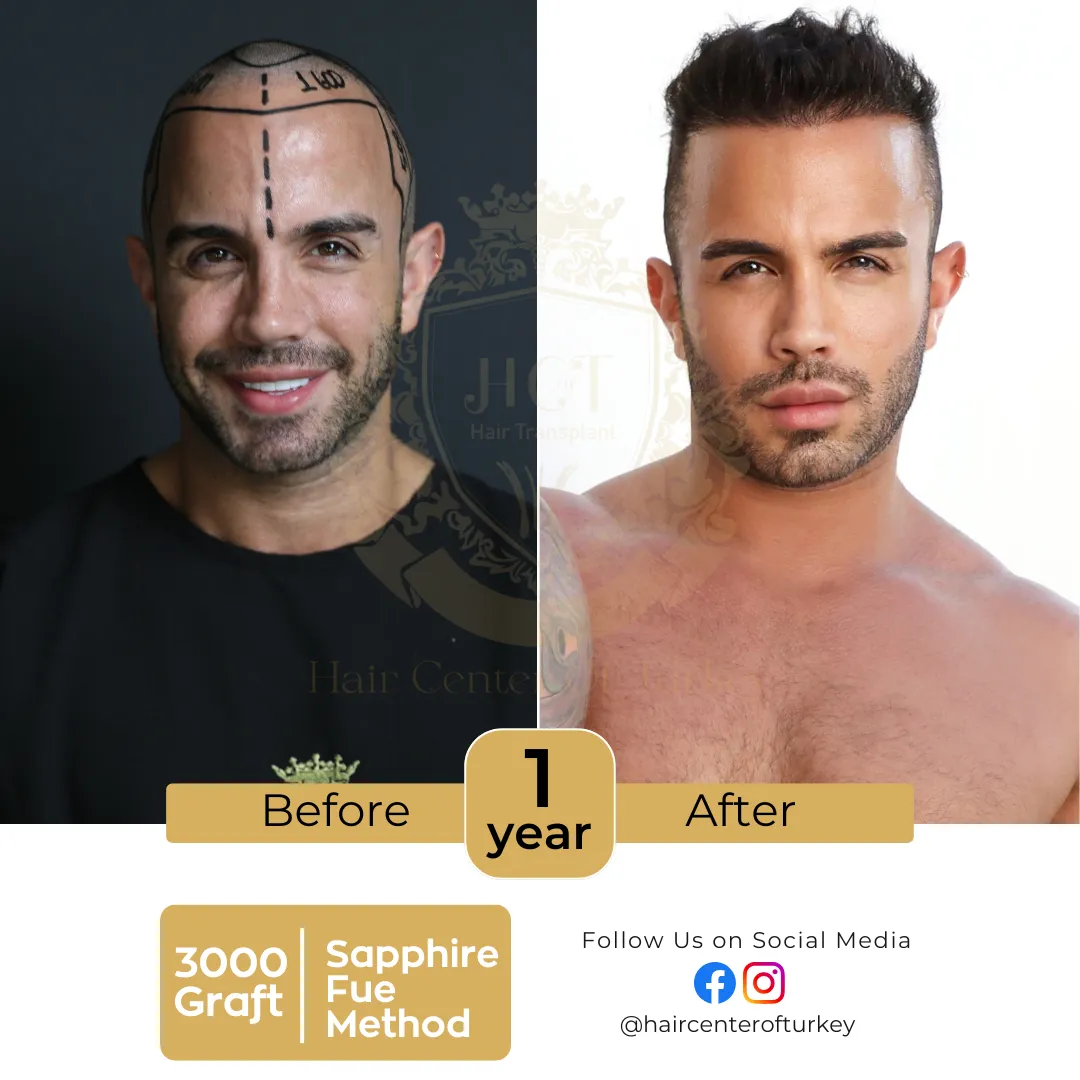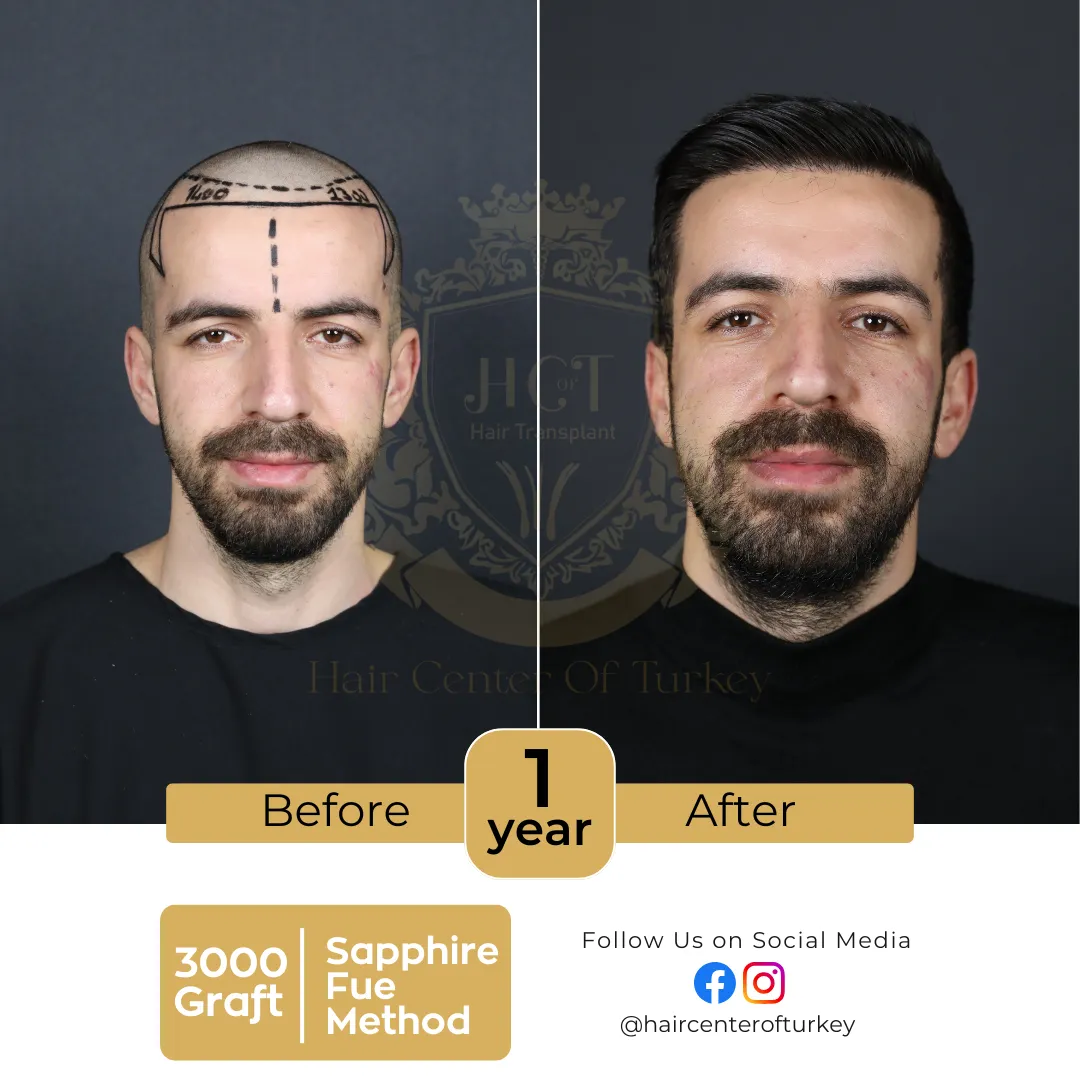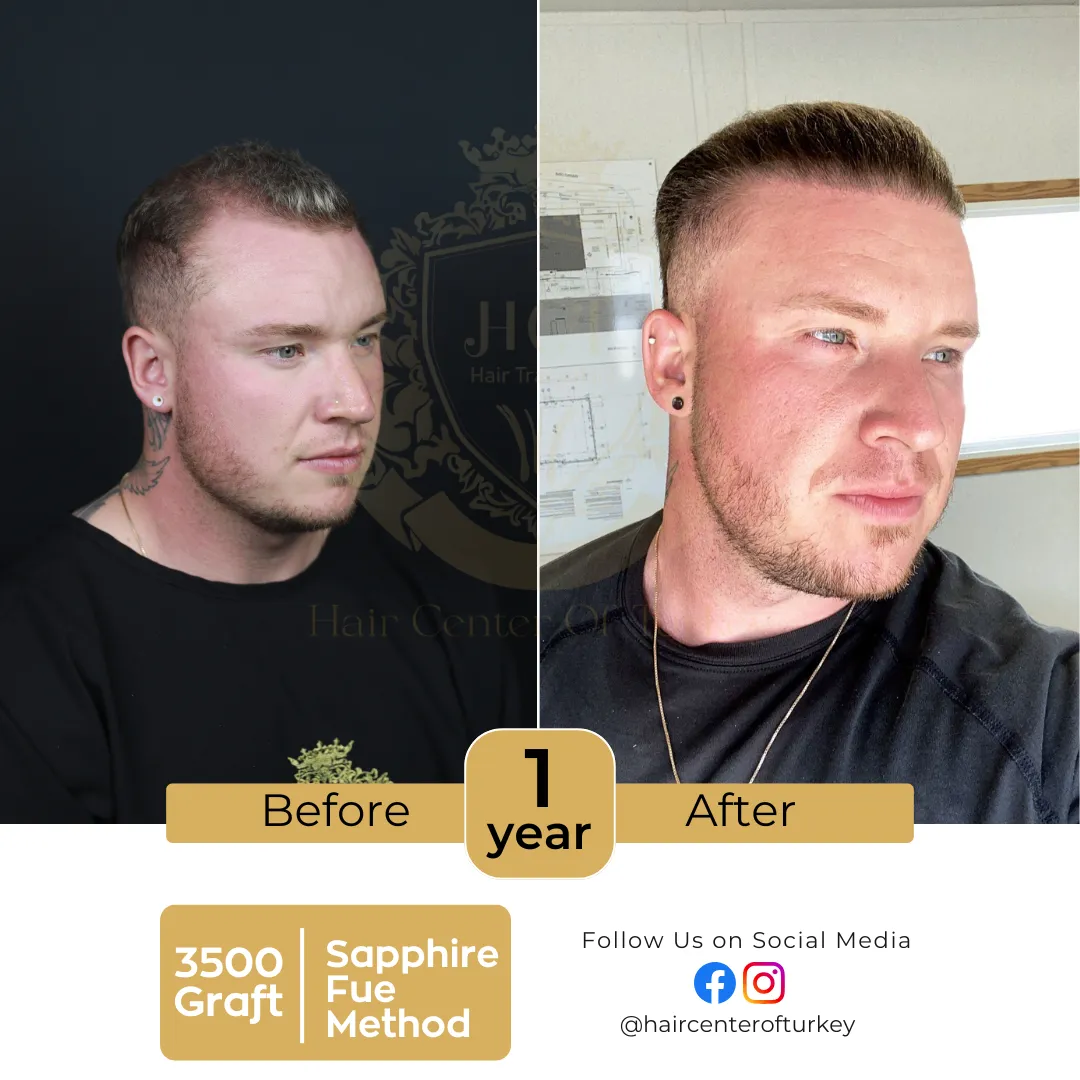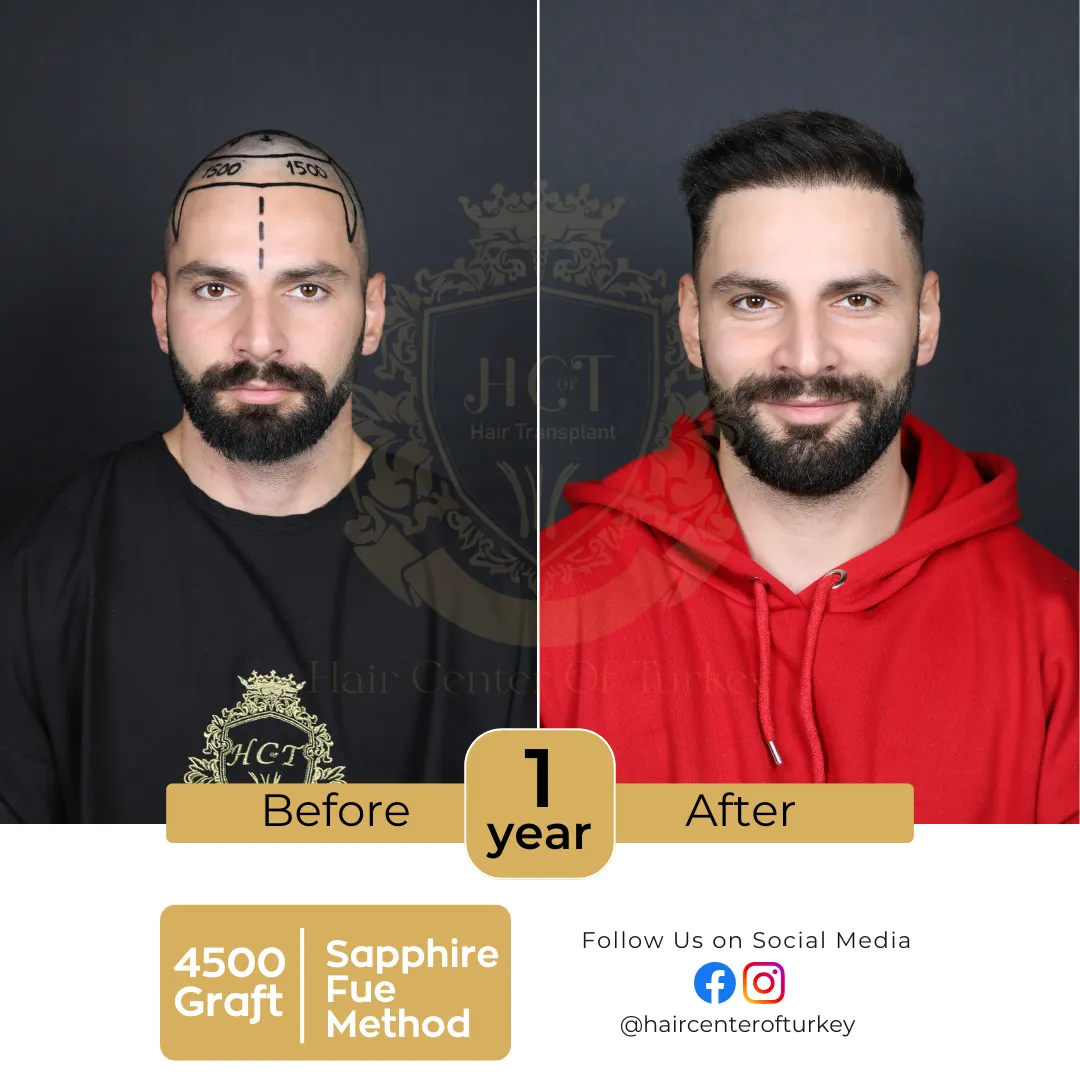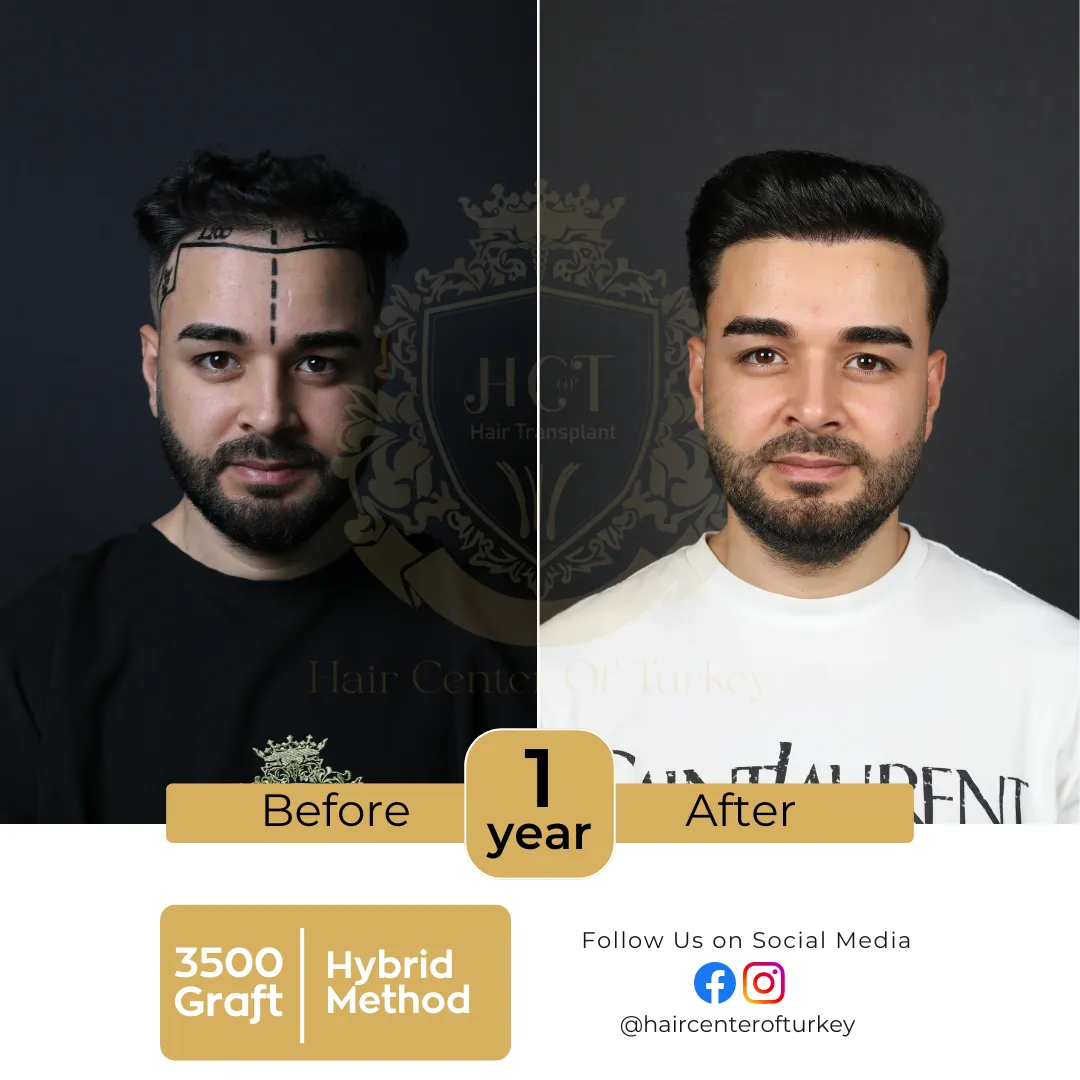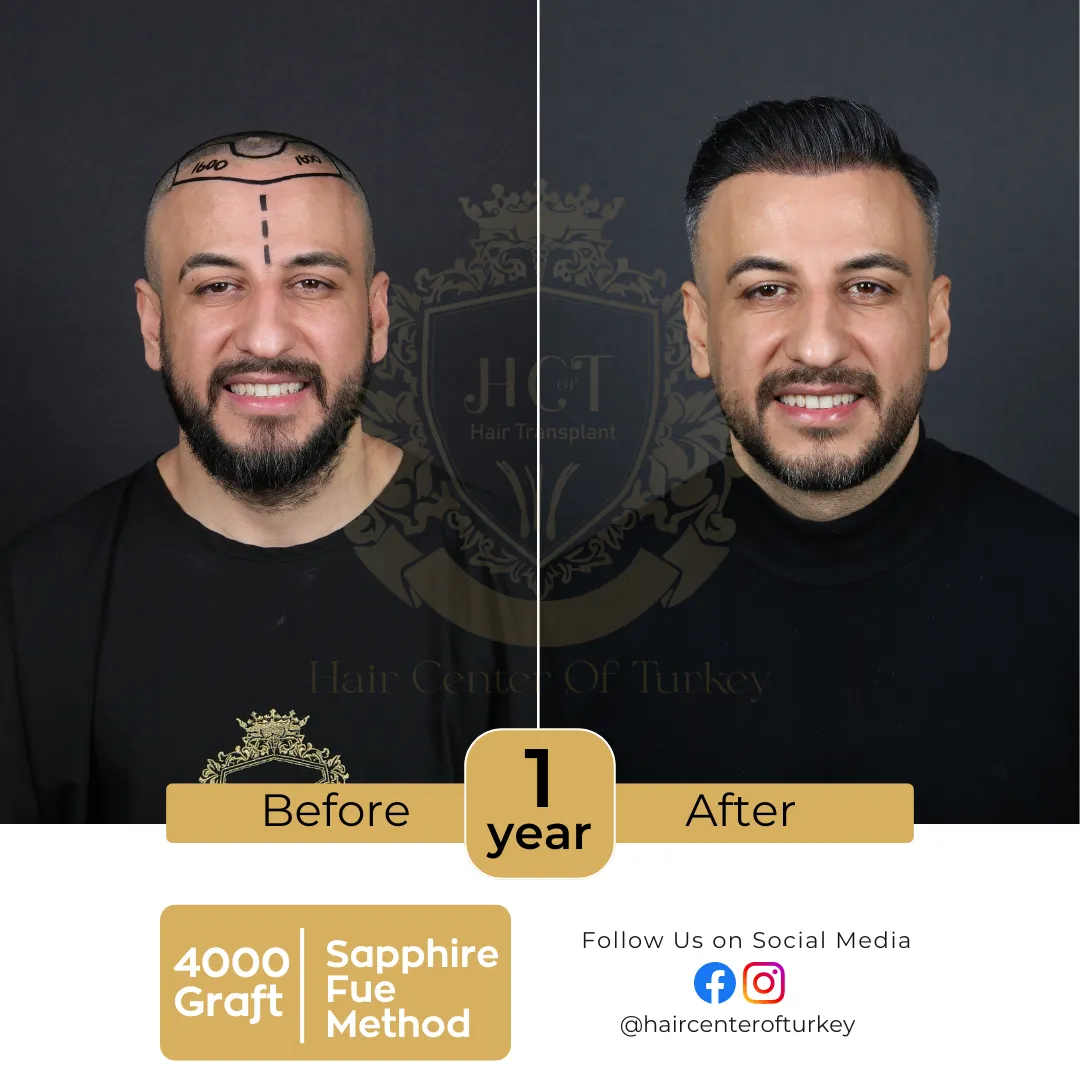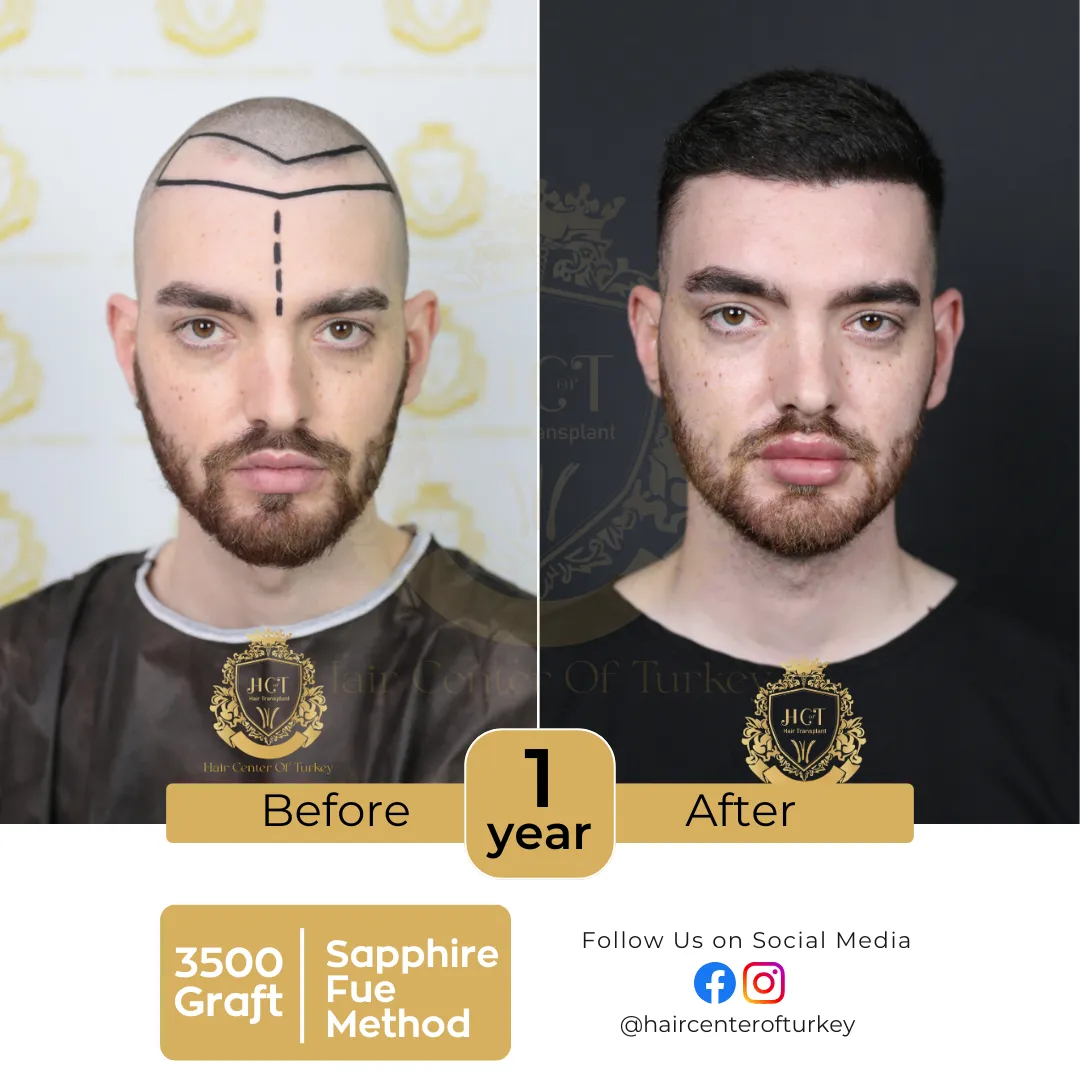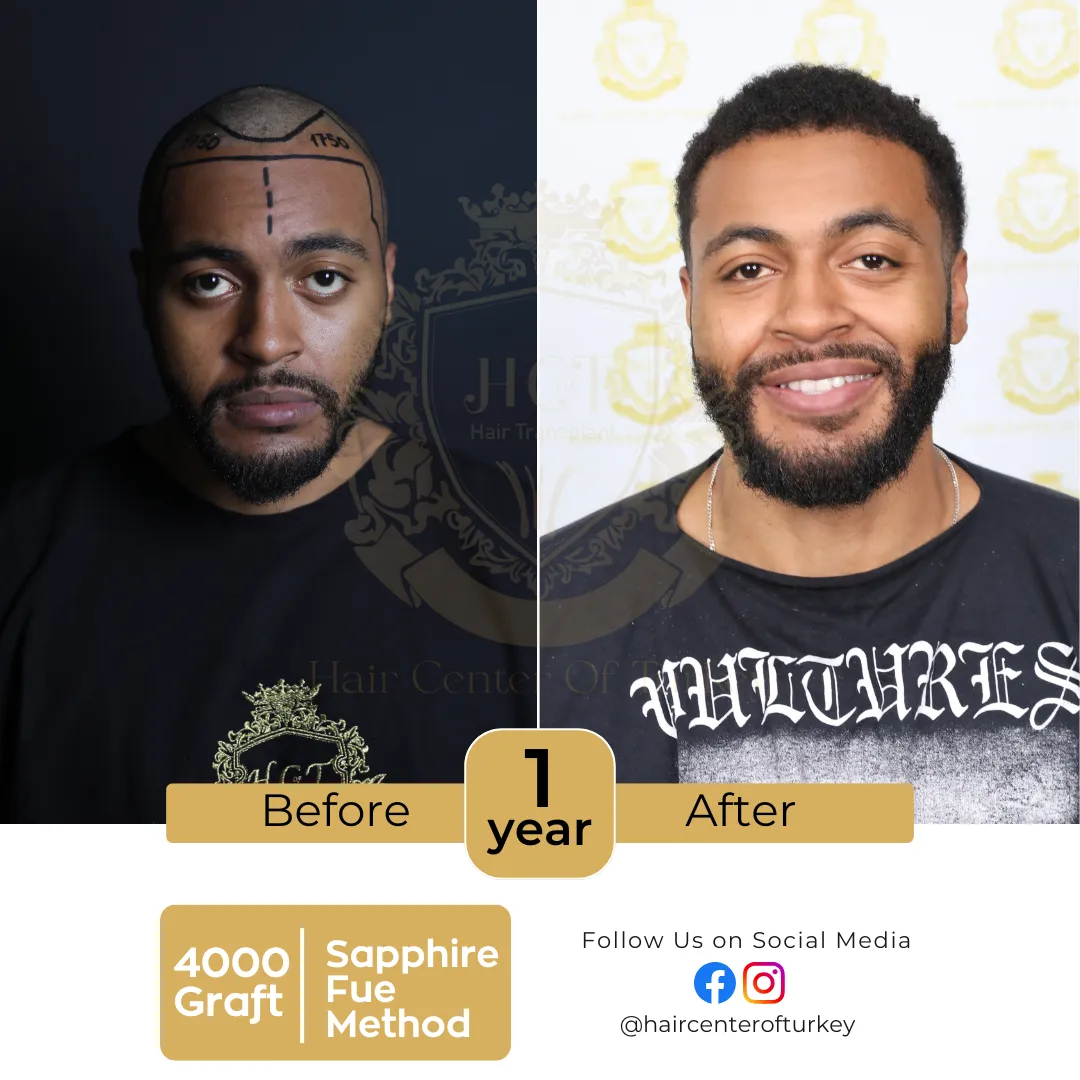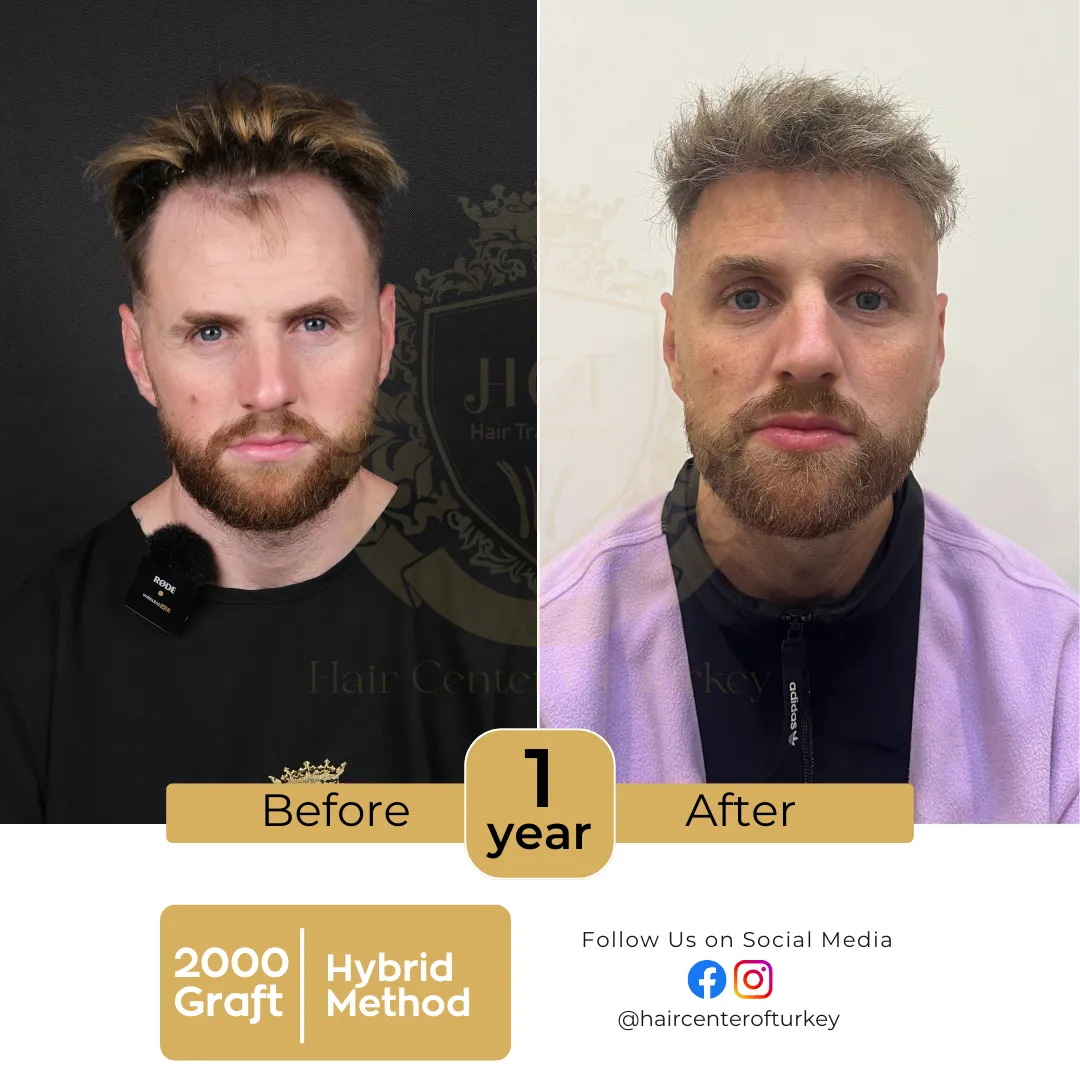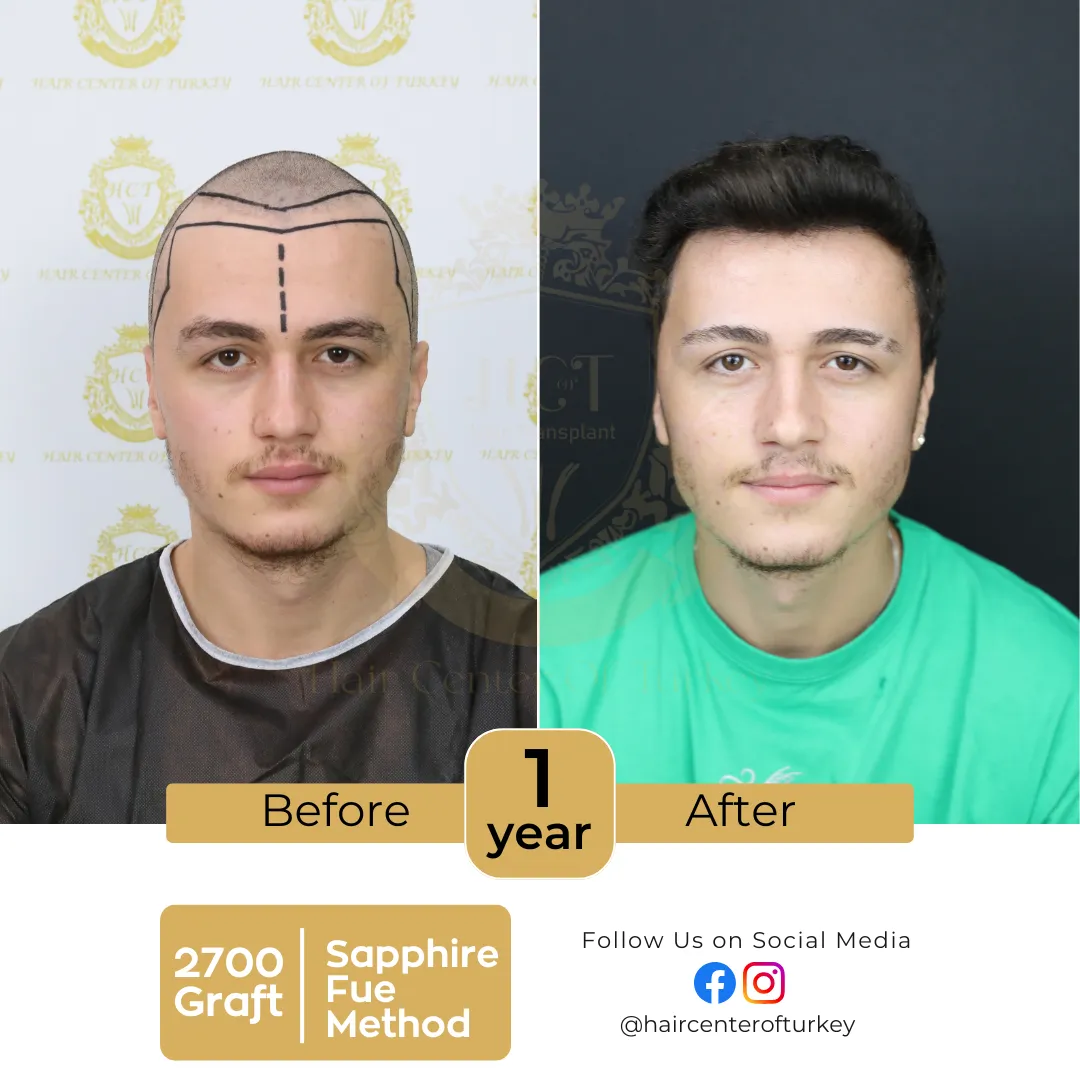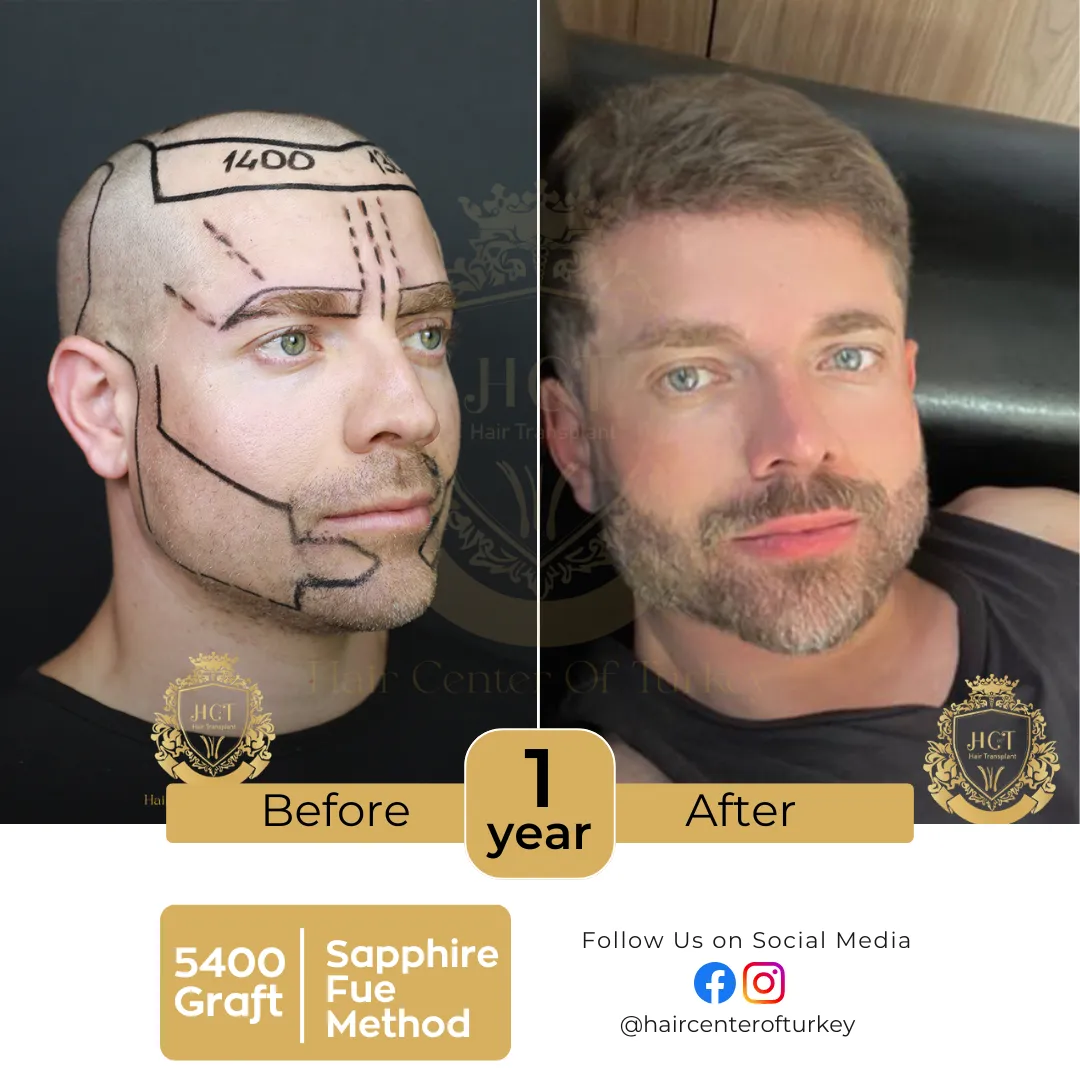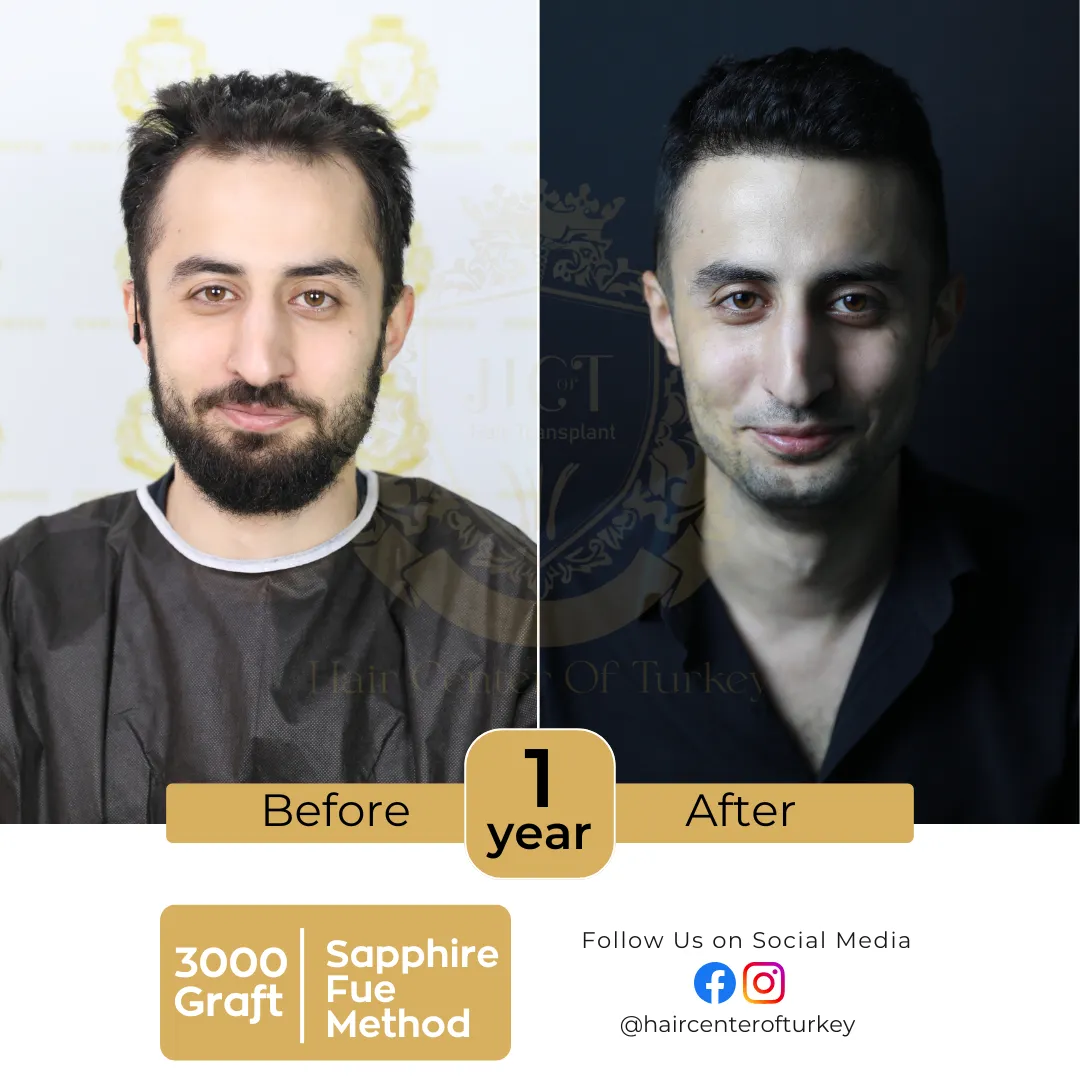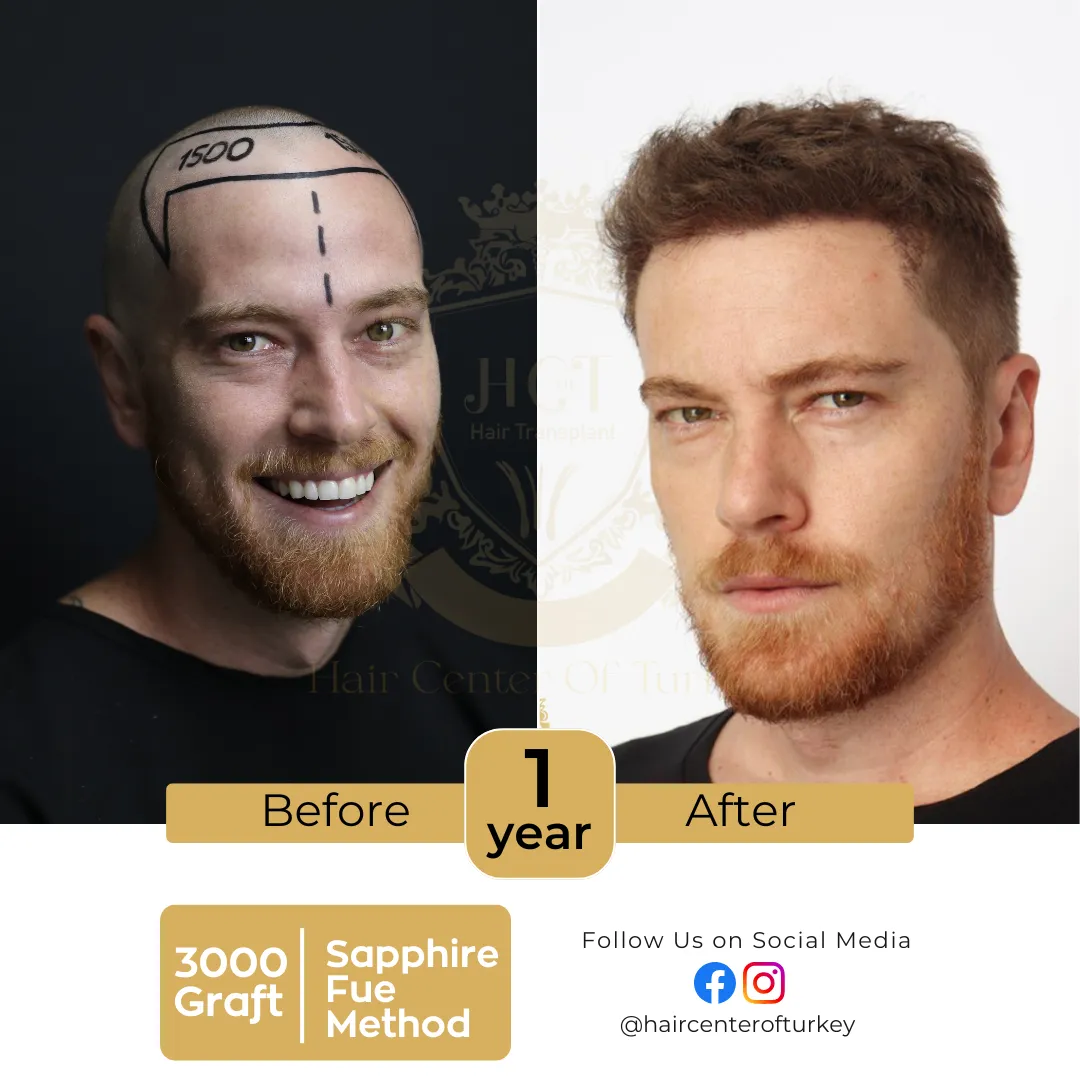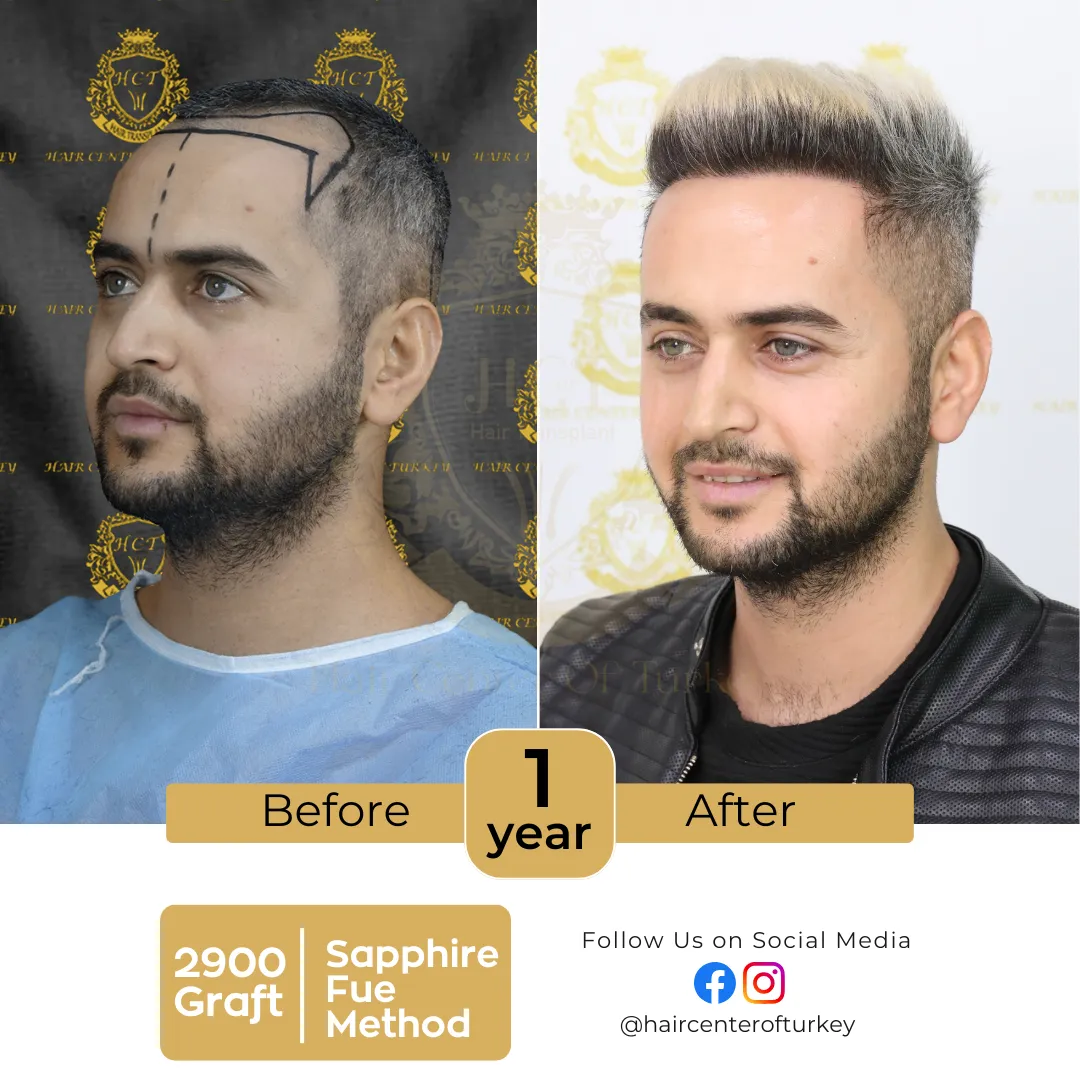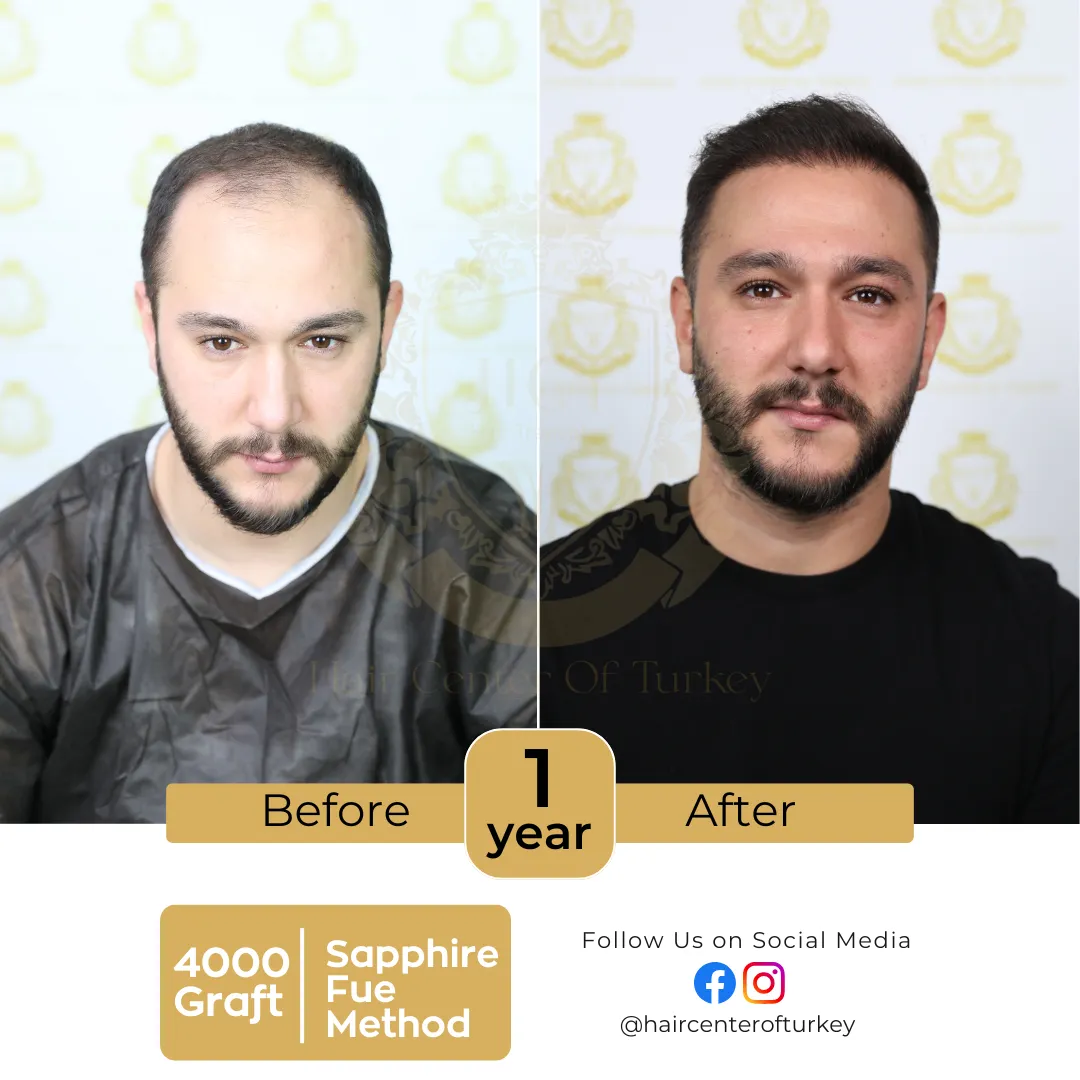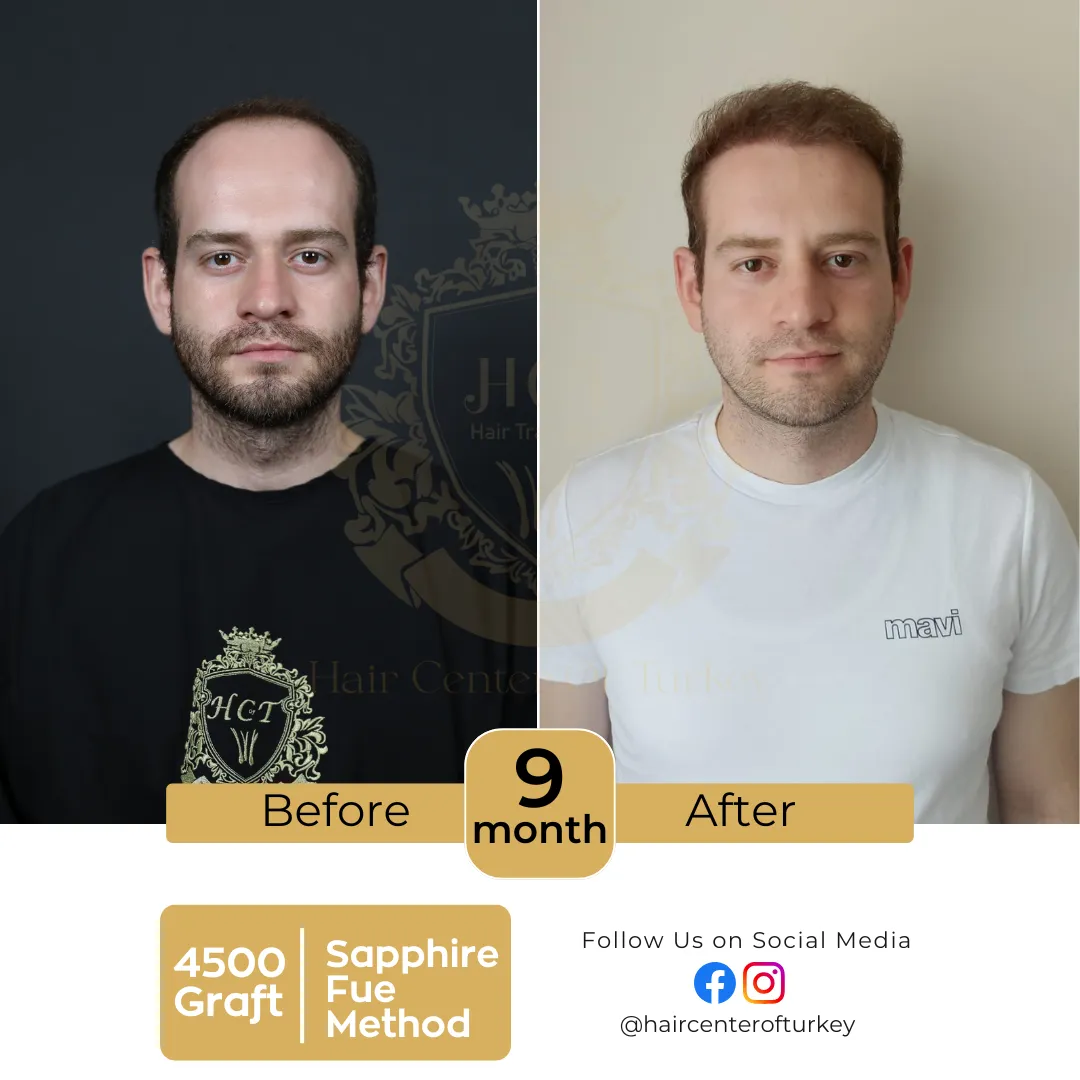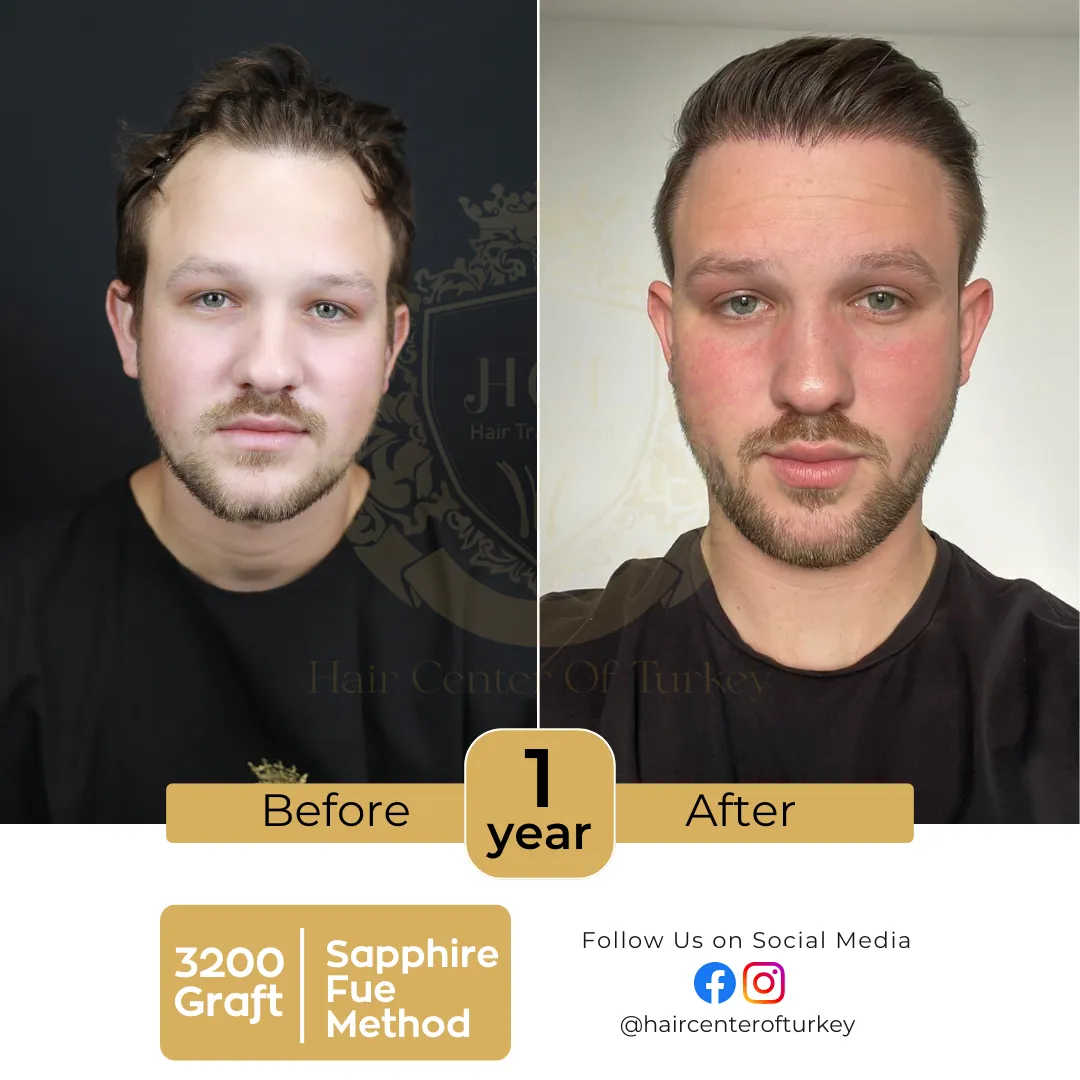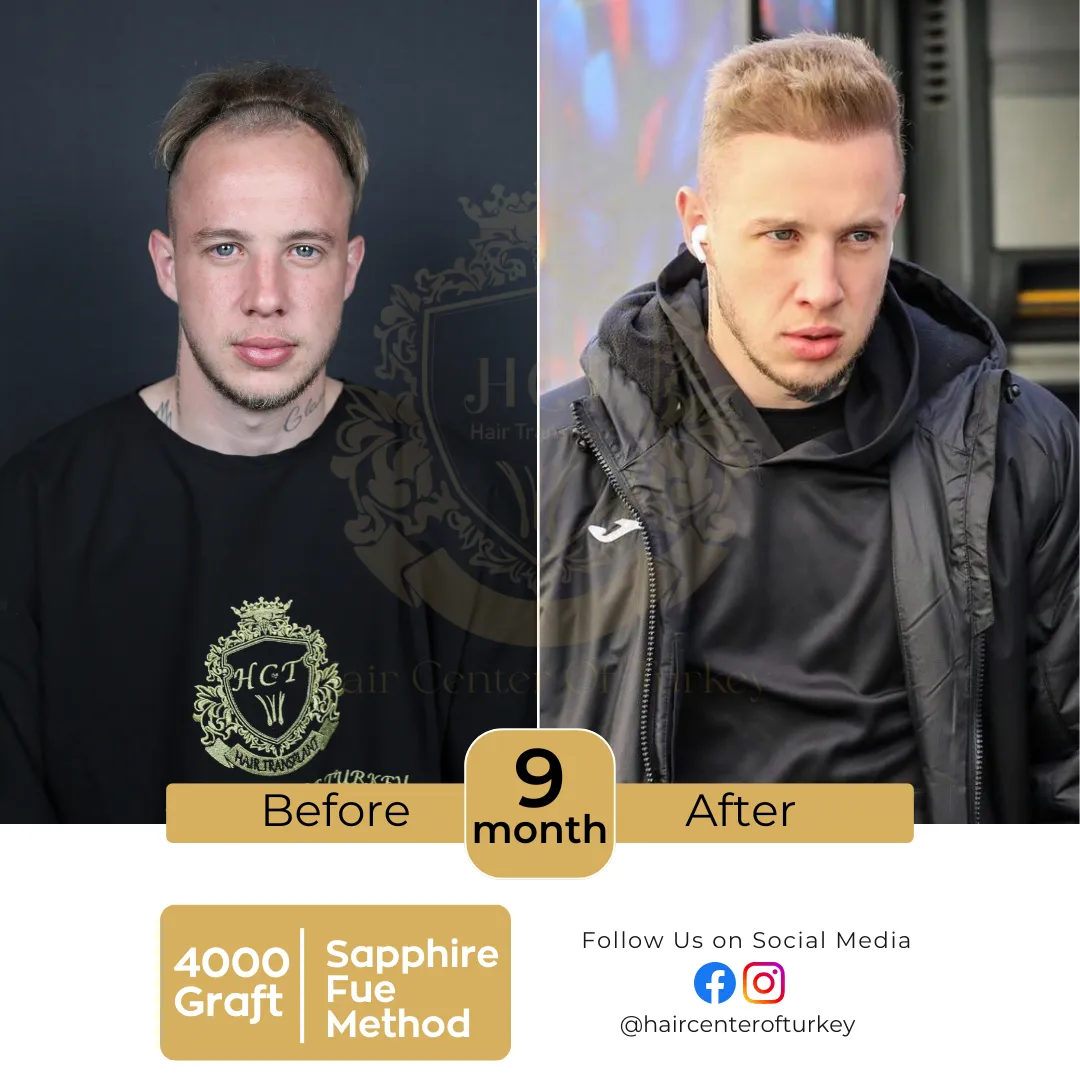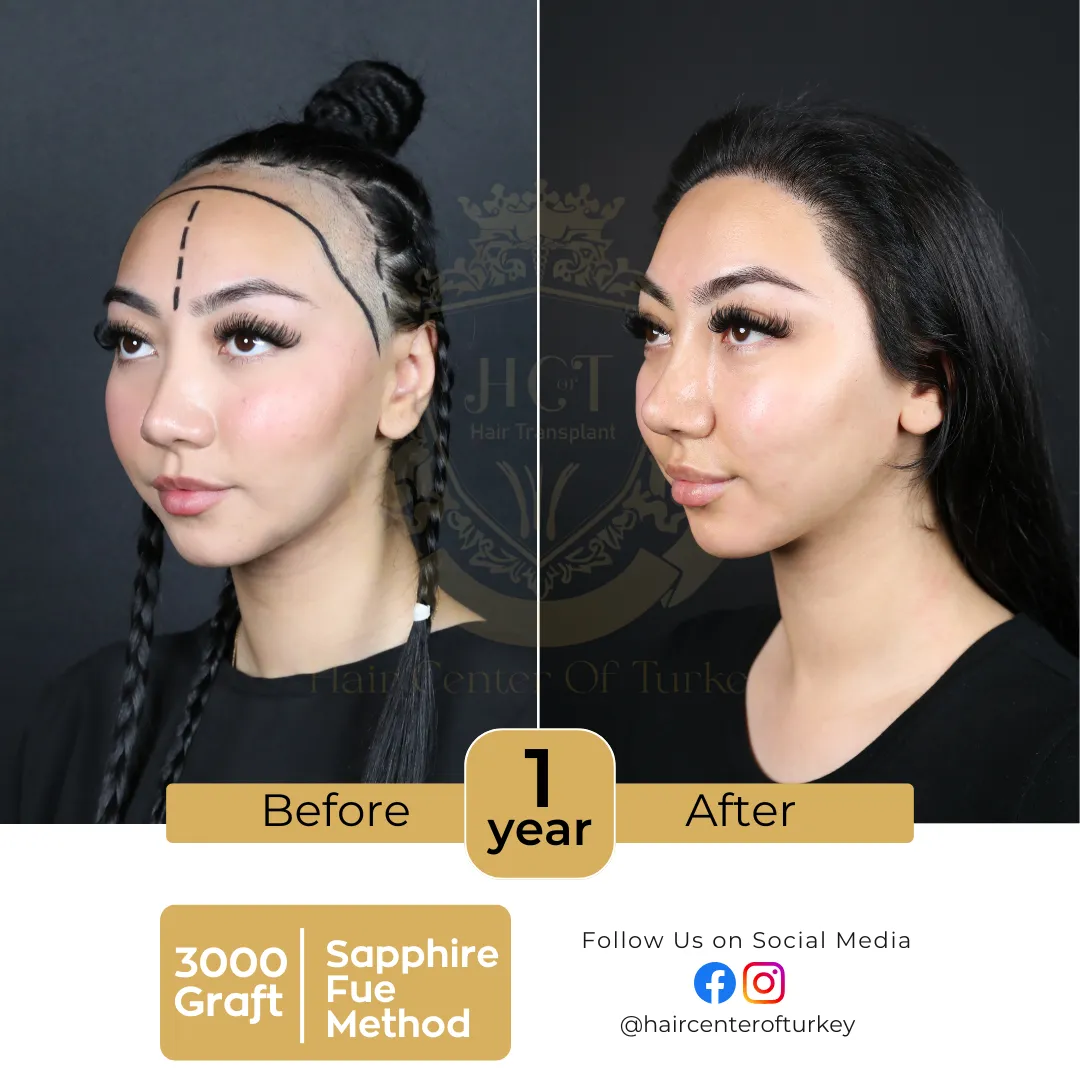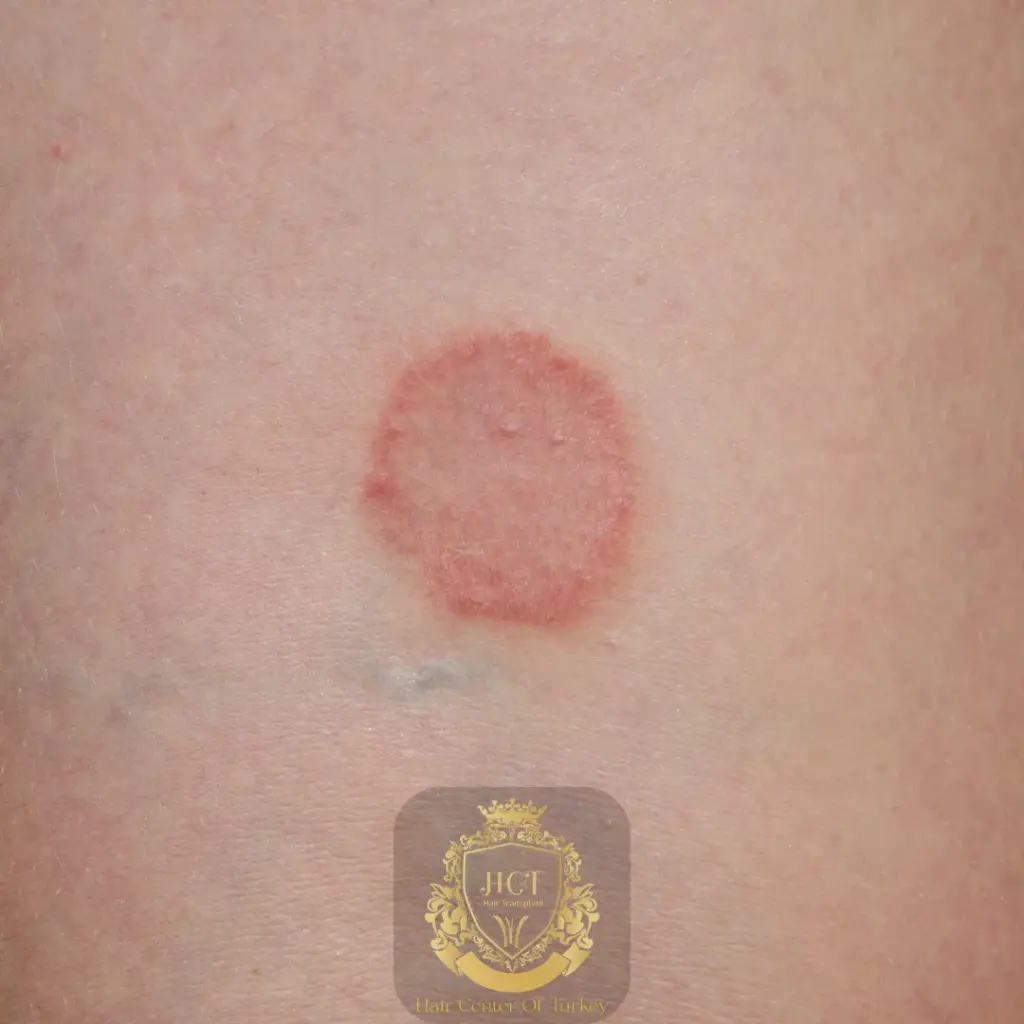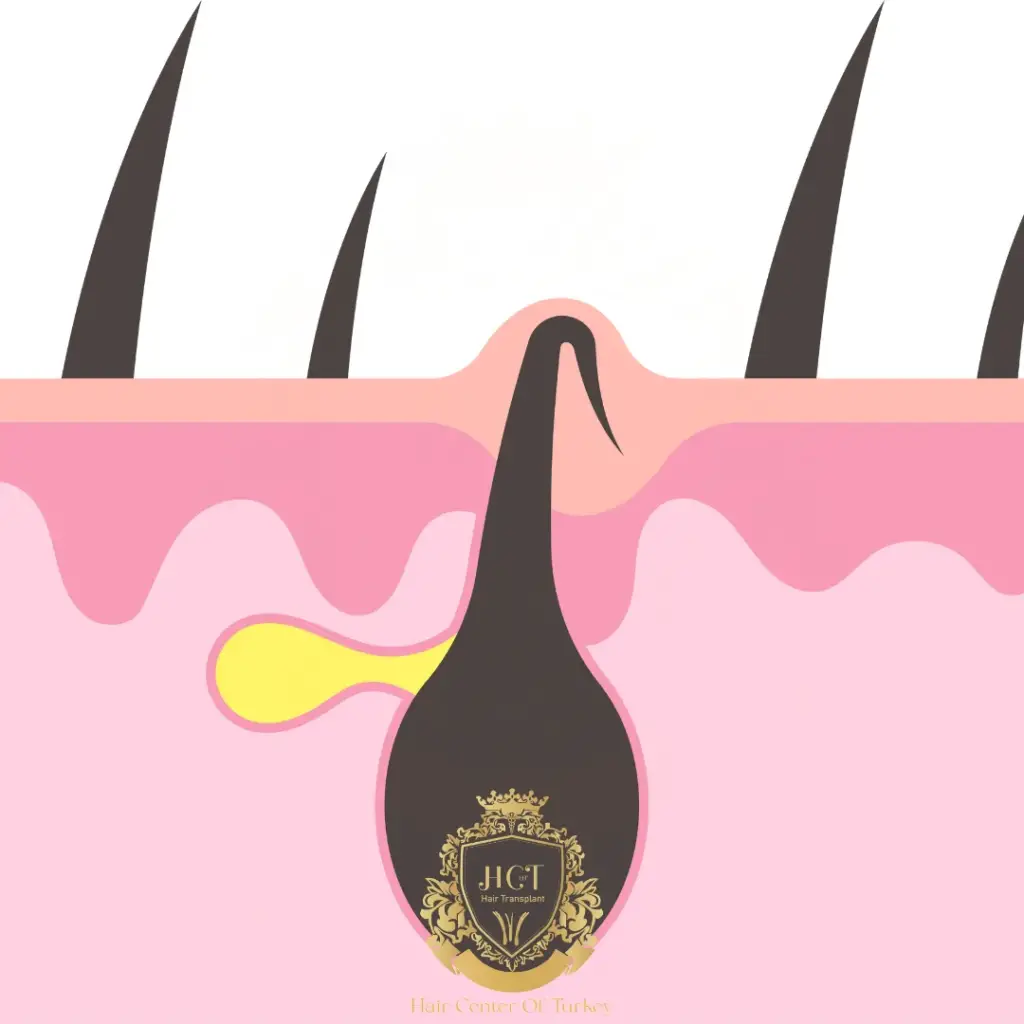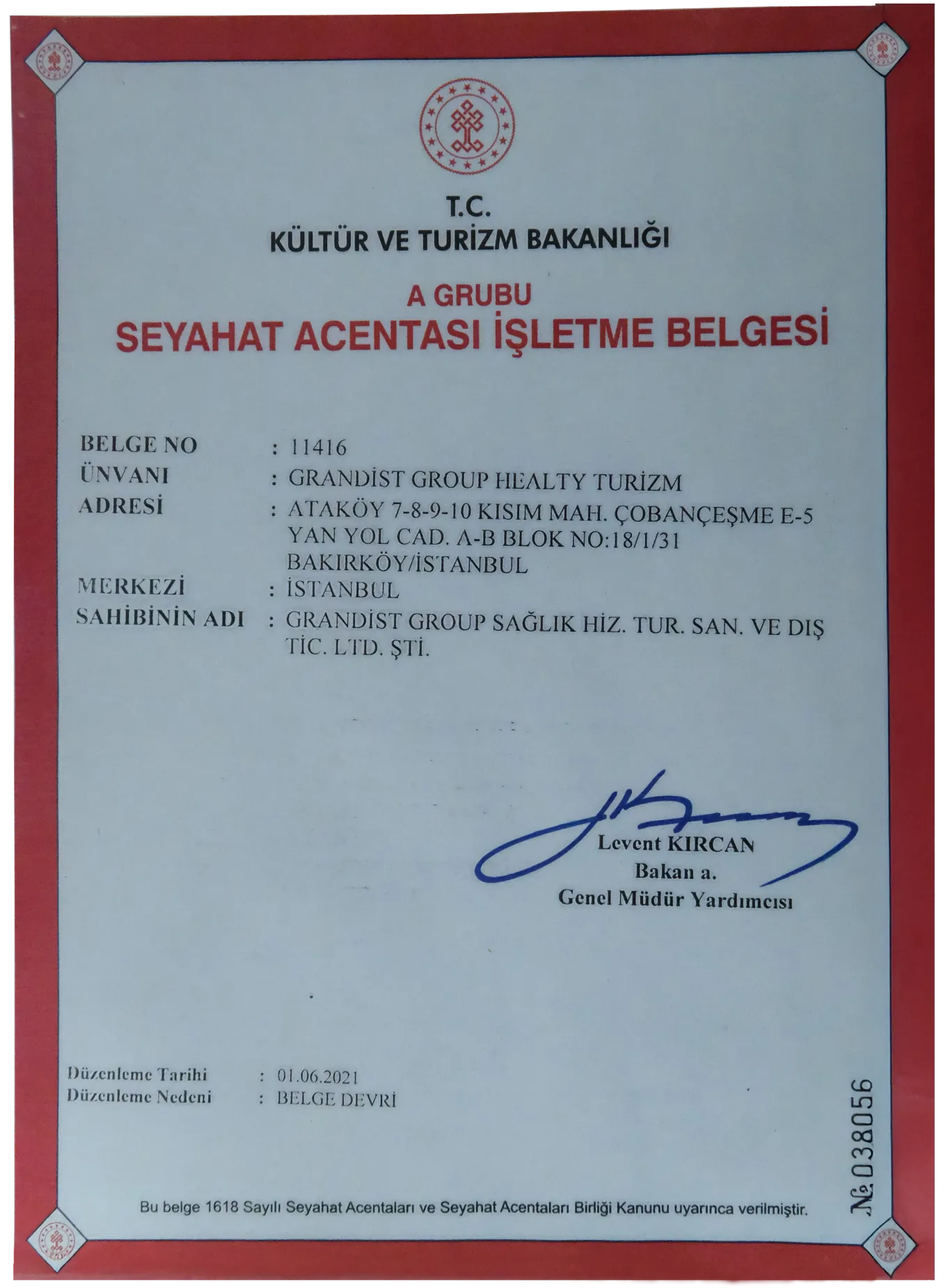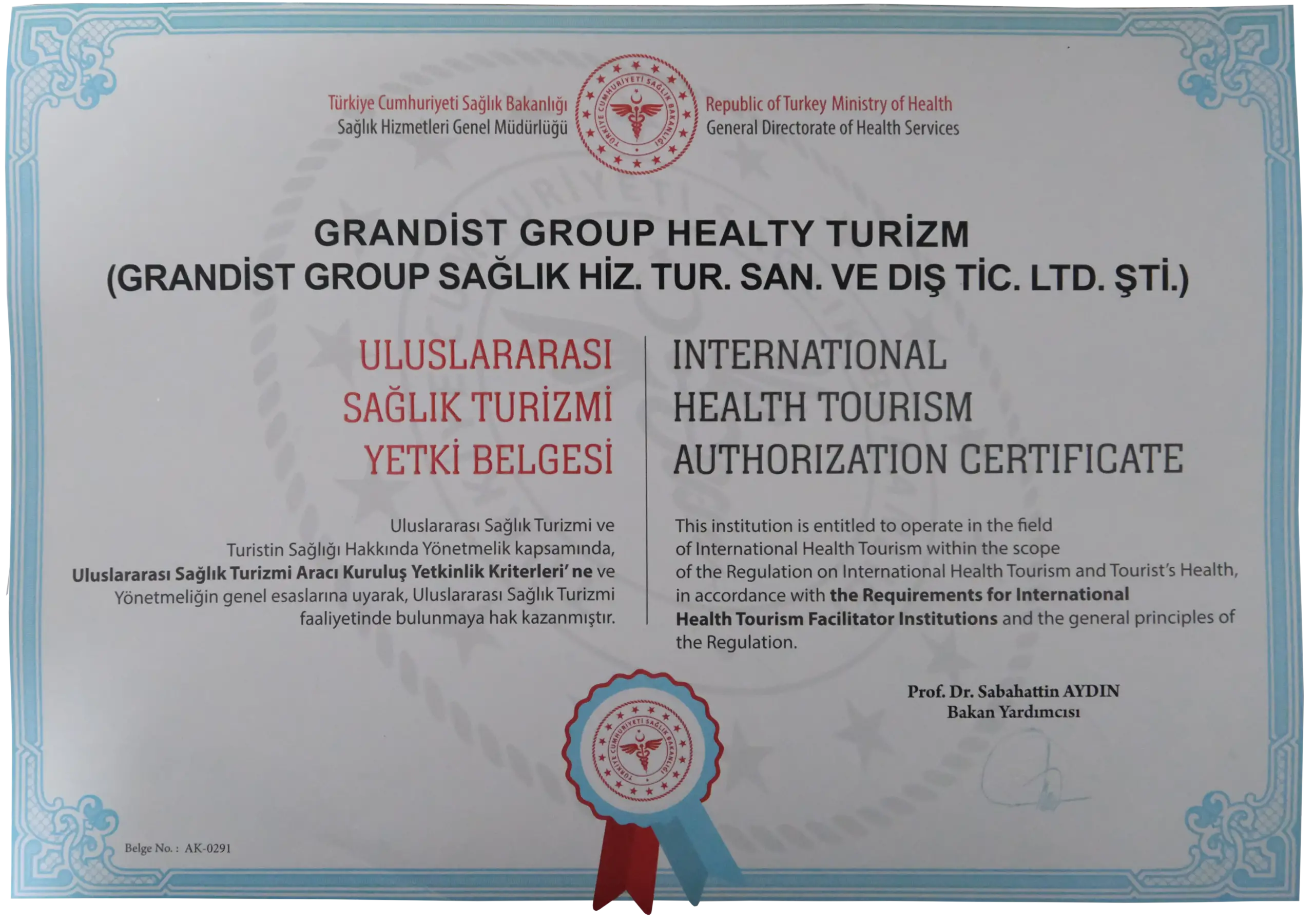How Can You Maximize FUE Hair Survival Effectively?
Follicular Unit Extraction (FUE) is one of the most advanced and popular hair transplant methods available today. It involves the individual extraction and implantation of hair follicles, offering natural-looking results with minimal scarring. However, the success of an FUE transplant largely depends on how many grafts survive and grow after the procedure. In this article, we’ll explore the key strategies to maximize FUE hair survival effectively and achieve long-lasting, healthy hair restoration.
Why Is Graft Survival So Important in FUE Hair Transplant?
The number of grafts that survive after transplantation directly impacts the overall density and appearance of the final result. Even if a high number of follicles are implanted, poor survival rates can lead to patchy or sparse outcomes. This makes graft survival a critical factor in the success of any FUE procedure.
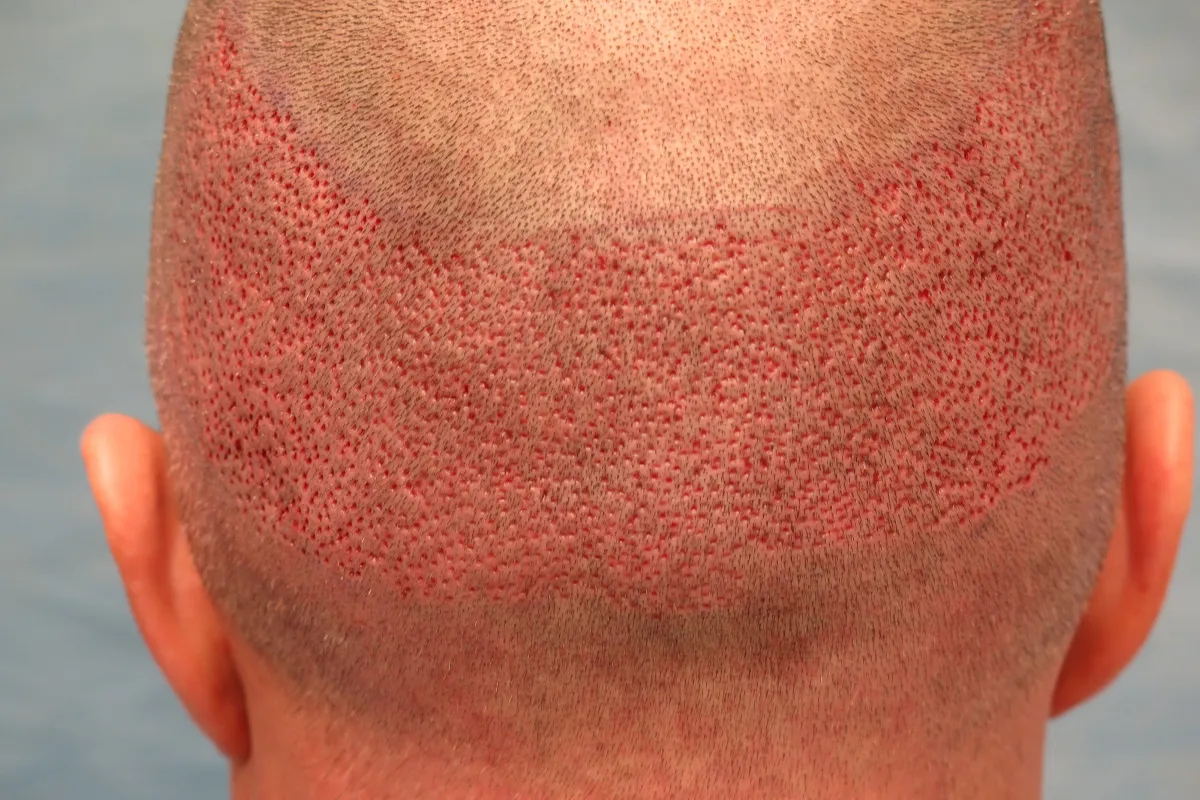
What Affects Graft Survival in FUE?
The survival of transplanted hair follicles depends on several important factors. First, the harvesting technique plays a key role—if the follicles experience excessive trauma during extraction, their integrity can be compromised. The time the grafts spend outside the body also affects survival; the longer they remain out, the more likely they are to lose viability. To preserve their health, grafts must be stored in a temperature-controlled, isotonic solution. Additionally, the implantation technique—especially the angle, depth, and accuracy—directly influences how successfully the follicles anchor into the scalp.
The patient’s overall health is another crucial factor, as certain medical conditions, medications, or existing scalp infections can negatively impact graft survival. Finally, proper post-operative care is essential. Adhering closely to aftercare instructions helps prevent infections and supports the healing process, ultimately increasing the chances of successful graft retention.
How Can You Maximize Graft Survival Before and During Surgery?
- Choose an Experienced Surgeon: A skilled and experienced hair transplant surgeon minimizes trauma during extraction and ensures optimal placement during implantation.
- Limit Time Outside the Body: Clinics should work efficiently to reduce the time grafts are exposed to the external environment, ideally under 2 hours.
- Use High-Quality Preservation Solutions: Grafts should be stored in chilled, isotonic solutions like HypoThermosol or ATP-enriched media to keep cells alive and healthy.
- Avoid Dehydration: Both the patient and grafts must remain hydrated. Proper hydration before and during the procedure supports healthy blood flow and graft health.
- Maintain Low Transection Rate: Transection occurs when follicles are accidentally cut during extraction. Surgeons should aim for a transection rate below 10%.
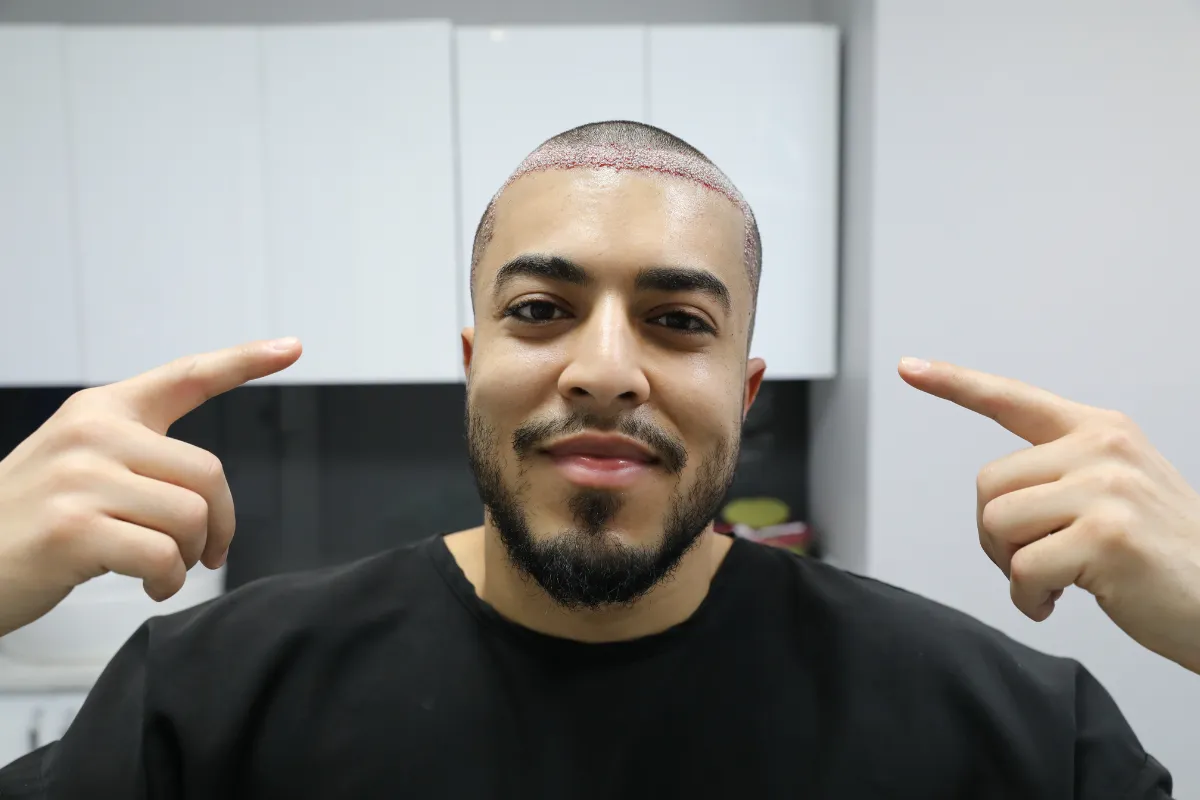
What Should You Do After the FUE Procedure to Improve Survival?
- Follow Post-Op Instructions Precisely: Avoid touching or washing the scalp aggressively in the first few days. Use only doctor-approved sprays or shampoos.
- Sleep with Your Head Elevated: Reduces swelling and prevents pressure on newly implanted grafts.
- Avoid Smoking, Alcohol, and Caffeine: These can restrict blood flow and reduce oxygen supply to healing follicles.
- Stay Away from Heat and Sweat: Avoid direct sunlight, heavy workouts, and saunas during the healing period.
- Use Recommended Medications: Antibiotics, anti-inflammatories, and hair growth stimulants like minoxidil or biotin may support graft survival and growth.
How Long Until You See Full Results After an FUE Hair Transplant?
Initial growth is typically visible by 3–4 months, with significant progress by 6 months. Full results may take up to 12–18 months. During this time, some initial shedding (shock loss) is normal and temporary.



